Selected NATO Response Force (NRF) land forces deployed from their home-bases to Norway in order to conduct one of the largest NATO out-of-area exercises in 2005. From 23 May to 17 June 2005, almost 5,600 participants and more than 2800 vehicles from 10 different NATO-states took part in the field training exercise (FTX) Iron Sword.
Iron Sword was a combined Deployment and FTX in which 1 (German/Netherlands) Corps High Readiness Force (Land) Headquarters (HRF(L)HQ) performed its role as Land Component Command (LCC) for NRF4. According to program planners, the May-June 2005 event primary aim was to train the core of NRF4 LCC force package with the main focus on 43 (MN) Mechanised Brigade (Mechbrig), the Rear Support Command (RSC) and the Logistical Base (LogBase) Command. All to maintain and improve the abilities of planning and conducting an operation within the framework of a swift deployed forces concept, aiming at encompassing all aspects of out-of-area operations during a fictitious scenario based on a Crisis Response Operation (CRO). This includes stability and security operations (SASO), Non-combatant Evacuation Operations (NEO) as well as a Counter Terrorism Operation (CTO) – all the latest buzz words in NATO transformation.
The Royal Netherlands Army (RNLA) provided the bulk of the ground combat element. Major 43 (MN) Mechbrig elements, acting as NRF4 main “broadsword”, included a Danish light reconnaissance Coy, a Dutch mechanized infantry battalion (which is a composite unit of mechanised infantry-, tank- and anti-tank platoons), the Norwegian Telemark battalion, a Dutch infantry battalion Air Assault and a great variety of multinational combat support-, combat service- and logistic units. All under the umbrella of the staff of 43 (NLD) Mechbrig, reinforced by personnel from the other contributing nations. In order to streamline the logistical efforts for 43 (MN) Mechbrig, all brigade logistical activities were carried out in one common logistical area – named the Brigade Support Area (BSA) – that could easily consists of up to a thousand men, four hundred vehicles and many hundreds of containers.
The challenging multinational logistic NRF concept was faced by 1 (NLD) Logistical Brigade, in a cooperation with 5 nations. After deployment LogBase Command located at Hønefoss, provided all the necessary logistical support for the troops attached to NRF4 land task-force in a variety of ways. During the first phase of the exercise (until 26 May), the selected units were activated and forward NRF land force elements were deployed to the crisis area (CA) to establish liaison with local authorities, host nation support structures and UN mission observers. All necessary preparations within all participating units, were executed in order to guarantee an unhampered deployment into the austere Area of Operations (AOO).
Right from the start of the second phase (as of 26 May) and throughout the whole duration of the exercise there’s truth to the saying, “The fighting combat elements get the glory and the girls, but the logistical support element wins wars.” This phase consisted of a rapid deployment of the main body and build up of forces to exercise locations around Elverum, southeast of the fictitious crisis area, and Hønefoss. Almost all soldiers, vehicles, equipment and 300 additional sea-containers were send on route out of 4 harbours and 6 airports to the air- and seaports of debarkation in Norway.
From that moment on the RSC did some tightly scheduled Reception, Staging and Onward Movement & Integration (RSOM&I) from the harbour of Fredrikstad and from Rygge airport as well. In a Marshalling Area (MA) nearby the troops married up with their equipment, and started the 300 kilometres road march up north. The Dutch Lieutenant Peter Vink, commander MA in Fredriksstad, experienced the challenge of a deployment as large as this one. Nearly all vehicles, including 12 Leopard 2 A6 MBTs and 110 YPR-765 APCs, that were unloaded from a total of nine roll-on-roll-off ships passed his station. This is an amount he does not encounter very often. In addition, the combination of all traffic modalities makes Iron Sword even more interesting for him. “Normally I am used to unload single ships, trains and aircraft mostly of separate units,” says Lt. Vink. “Often company- or battalion-sized, but now everything from an entire brigade comes together here and that requires just that bit more.”
In 80 convoys these vehicles drove to the Terningmoen training areas southeast of Hamar. On route, two Convoy Support Centres (CSC) were set up to guide the deployment smoothly. On these CSCs a clear picture was shown of how multinational the NRF is. In the old dark green concept logistics were a national responsibility whereas now during Iron Sword, various nationalities are fixing each other’s vehicles. Also, they receive each other’s convoys, drive each other’s vehicles, and so on. From the upper staff levels down to the troops on the floor, Norwegians, Danes, Germans and Dutch are fixing the job. “The RSC has proven its ability to guide the deployment smoothly,” says Lieutenant-General Norbert van Heyst, commander 1 GNC. “The logisticians professional performance, flexibility and eagerness are truly impressive. The RSC managed to move the troops and their material together on the right places within two and a half days after debarkation. Fighting a battle and being able to win a war without a sound logistical system would be almost impossible. It’s an absolute necessity and it is the key that opens the door for a successful mission, for without supplies nothing moves or fights.”
Other technical training benefits were derived from a series of concept implementation projects that was conducted in parallel with Iron Sword, such as the new Dutch Bulk Fuel Installation (BFI). What food is for men, is fuel for vehicles. The Dutch BOSCO (fuel, oil, lubricants and chemicals) agency has mapped all refineries worldwide to ensure a fuel source wherever Dutch soldiers are deployed. The BOSCO agency contracts local fuel suppliers and assures the proper connection of their equipment to the equipment of 110 (NLD) Fuel Company. The trucks of the fuel supplier are emptied directly in the new BFI stored at LogBase Command. Up to 180,000 litres can be stored in this new BFI instead of the 38,000 litres of the older storage system. This new BFI can supply a whole brigade with fuel. The older BFI is now in use at the BSA.
Another example is the so-called Temporary Camouflage Coating (TCC). Besides the Mercedes-Benz 4×4 (MBs in Dutch Army slang) in the standard Dutch camouflage pattern, the LogBase Command also has several MBs painted with this TCC in quite different patterns for a purpose. Namely, as the NRF is deployable within a very limited time anywhere around the globe, it’s often necessary that vehicle camouflage needs to be adjusted rapidly. For an MB this takes about four hours to adjust the pattern by hand. The paint can endure operations but afterwards it can easily be removed without damaging the original paint underneath. Dutch forces previously used TCC in Afghanistan and Iraq.
Another novelty 1 GNC used during Iron Sword was the tracking and tracing system that is designed to keep track of all pieces of equipment in the logistical chain. A few mouse-clicks will display the exact location of an item on the computer. The Dutch Armed Forces will implement this system in their new logistical distribution concept soon to meet the high demands placed on logistics in modern military operations.
The requisite end state for second phase actions included deployment of all units to their designated assembly area (AA) and to prepare for conducting stabilization operations. This means, combat effectiveness demonstration of force and resolve activities were undertaken by conducting joint training activities in and over the AA. During this phase NRF forces were not allowed to enter the CA except for reconnaissance elements of 103 (MN) ISTAR battalion and 43 (MN) Mechbrig.
In its first serious test in a large-scale multinational exercise, 103 (MN) Intelligence, Surveillance, Target Acquisition and Reconnaissance (ISTAR) battalion fed intelligence and sensor data to the LCC. “The ISTAR battalion worked as a intelligence toolbox,” said Lieutenant-Colonel Tony Keysers, commander 103 (MN) ISTAR battalion, in which the Dutch have the lead and in which Norway participates. “It was at the same time a first on Norwegian soil to launch the Sperwer unmanned aerial vehicle (UAV).” The battalion collects targeting information and assesses battle damage, scooping up data with long-range patrols and other ground reconnaissance, artillery-and-small-arms locating radar and other radars, electronic warfare, F-16s, electronic warfare systems and satellites. NATO airborne warning and control systems also can support the battalion. “The Dutch organizational structure is nearly identical to the Norwegian’ ISTAR battalion, but the two use different sensors to complement each other, said Lieutenant-Colonel Peter Teeuw, dutch exchange officer to the Norwegian transformation and doctrine command. “The Dutch battalion, which was formed earlier than its Norwegian counterpart, is at a more advanced stage. The Dutch already operate Sperwer UAV, for example, while Norway has yet to select a UAV.”
“Iron Sword is a multinational exercise that simulates social and ethnic unrest due to tensions in a fictitious generic sovereign country named Stavland,” explains Lieutenant-Colonel Henk van Rijssen, chief Exercise Control (EXCON). “The scenario is one of two states, Tronland in the North and Stavland in the South contesting a conflict area. The conflict area lies in the north of Stavland, where a large proportion of Trons are also living. Especially the cities of Rena and Hamar in the vicinity of Elverum are centres of ethnic tensions and violence, agitation and organized crime activities. After the situation has reached a boiling point, the United Nations Security Council has approved a resolution to send a multinational force to stabilize the region and to keep the peace. Of course, war fighting capacities are still important, but this exercise is especially focused on CRO and SASO.”
The whole situation sounds like a chapter from a history book, but it’s the same scenario faced by the multinational NRF4 land task force. “These fictitious countries will only play a framework role, just to set the political background to the scenario,” continues Lt-Col. Van Rijssen. “This is not an old-fashioned two-sided exercise where one force meets the enemy. Much more important for the scenario are the so-called role-players, elements that have an impact on the situation. Using a large number of incident role-players was a key aspect of the exercise. Unlike traditional umpired scenarios, the Observers/Controllers (OC) initiated activities according to a master event list/master incident list (MEL/MIL). The OC took a proactive stance to assure that desired effects were reached and also gave direct feedback to various units. We confront the soldiers with many different tasks and operations, and with SASO, you never know what to expect. One minute you could be manning a vehicle checkpoint and the next you could be in the middle of a violent riot, with the chance of escalating even further in minutes. There are going to be a lot of OC and many incidents on the ground that units will have to respond and answer to. There are going to be negotiations, evacuation of civilians. There are going to be riots. There are going to be possible threats of ethnic cleansing. We know that unfortunately these kinds of things do occur. And given that tragic reality, the carefully developed MEL/MIL utilized by the OC provided participants with timely and globally applicable training experience. The soldiers, for example, experienced several checkpoint events in the scenario, with passage of each ranging from easy to hard.
In terms of physical movement, training realism was highlighted by the ability for participating units to exercise wherever needed, from out in the woods to town centres.” One scenario involved a rioting mob that wanted to lynch a local padre and the mayor, forcing NRF forces from the Telemark Battalion to move in to either negotiate or fight. Roaring CV9030 Mk-II IFVs, dog-handlers and soldiers equipped with shield and batons made clear what the latter option would include. After the violent crowd did not comply with the numerous requests for peaceful dispersion by the Dutch PsyOps-team, the rioters yielded quickly when the Vikings moved forward to disperse the mob. Swift, precise and secure manoeuvring of the CV90s made it easier for the infantry and dog-handlers to quickly get a grip on the situation and contain the hostile crowd.
Phase 3 of the operation, the Sequel phase, started on 8 June when UN Mission observers, which had been monitoring the cease-fire situation, came under pressure to withdraw. The NRF was requested to conduct a NEO at three different locations. Aims in this phase included the stabilisation of the situation in the CA and the setting of conditions for the UN mission to Stavland (UNMS). Rapidly, in a co-ordinated attack in the vicinity of Rena, NRF forces achieved multiple goals. Firstly, Dutch paratroopers from 12 (NLD) Infantry battalion (AASLT) jumped into hostile territory to secure an airstrip. A Tactical Air Landing Operation (TALO) delivered more troops and equipment. At the same time Spanish Air-Defence assets watched the skies for possible threats. Parallel, at a nearby location, NRF engineers from 101 (NLD) Engineer battalion reconnoitred two sites and established two ferries across the river Rena. This allowed heavily armoured forces from 44 (NLD) Mechbn to link up with the Dutch red berets. Once the NEO operation was executed, NRF forces remained in the CA and conducted CRO operations. The required end-state for phase three featured the stopping of all possible threats of ethnic cleansing, control of unstable “hot spot” areas by hostile elements, and the compliance of all parties.
The aim in Phase 4 (14 until 17 June) is to handover NRF responsibilities to Stavland and the UNMS. After that, redeployment will start. Although phase four, implementation, transition and exit, objectives and end-states were clearly identified, this is not played in the exercise. The troops took every opportunity to capitalize on the multinational dimension of the exercise to improve interoperability. “These days we do more and more combined joint operations with other countries,” said Lieutenant- Colonel Odin Johannessen, commander of the Norwegian Telemark Battalion (TMBN). “Being part of NRF4 is immensely helpful at teaching my soldiers how to coordinate and work together with coalition forces. Managing interoperability and have compatible Communications and Information Systems (CIS) and procedures between the nations must be one of the highest priorities in NATO and it is important that we learn to understand each other, that we combine the ways we think and act in different situations.
For almost two weeks we played more or less a home-game during the exercise. But shortly after the exercise, elements of my battalion will take part in a real operation far away from the exercise area. The mechanized infantry company will shift focus and prepare to leave for Kabul, the capital of Afghanistan.” It’s not the first time that the battalion is taking part in the NATO led International Security Assistance Force (ISAF). Between 2003 and 2004, the battalion deployed two companies to Kabul. In July, a unit from TMBN will yet again be present in Kabul.
The Vikings are not the only ones leaving on short term to Afghanistan. The same applies to the 104 (NLD) Construction Coy of 101 (NLD) Engineer Battalion and two tank platoons belonging to 42 (NLD) Tank Battalion. Both units were also present during Iron Sword. The Dutch construction Coy will prepare lodging and initial Force-Protection for the Royal Netherlands Marine Corps battalion-sized task force, deploying in July to secure the elections in Afghanistan. The tankers, without their tanks, will deploy in support of the Dutch Special Forces operations in the south of Afghanistan. For 1 GNC (HRF(L)HQ), no ISAF trip is scheduled as both the Italian Corps HQ from Milan (ITA) and the ARCC (Ace Rapid Reaction Corps) from Mönchengladbach (DEU) agreed to cover nine months instead of the usual six. Normally 1 GNC would be in between the Italians and the Brits. But not this time and also not thereafter as the Corps from Münster (DEU) will be on stand-by for NRF10 in 2008. ”The NRF4 Land Contingent has shown the world that it is capable to successfully conduct a complex Joint and Combined Operation for 4 weeks from scratch,” concludes Lt-Gen. Van Heyst. “NATO has to be able to operate anywhere in the world and we’re showing again that we are very capable of doing that in almost no time at all. The 1 GNC motto says it all: Communitate Valemus (Together We Are Strong) or to put it more fittingly for the exercise location: Sammen er vi sterke.”
Iron Sword highlighted the many benefits that Norway offered as a unique and challenging training environment. For Norway it’s important to be a host nation in NATO for training and exercises. This could be one of Norway’s main offers to NATO.



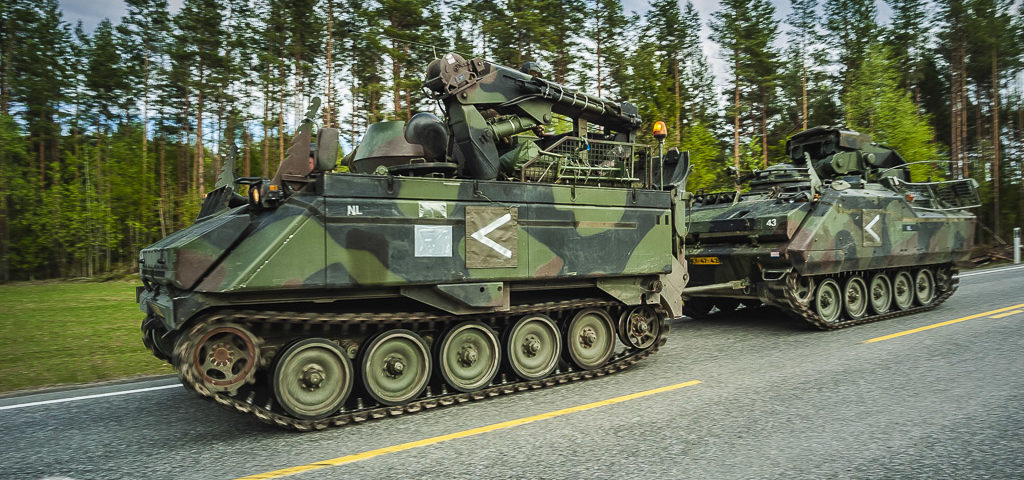
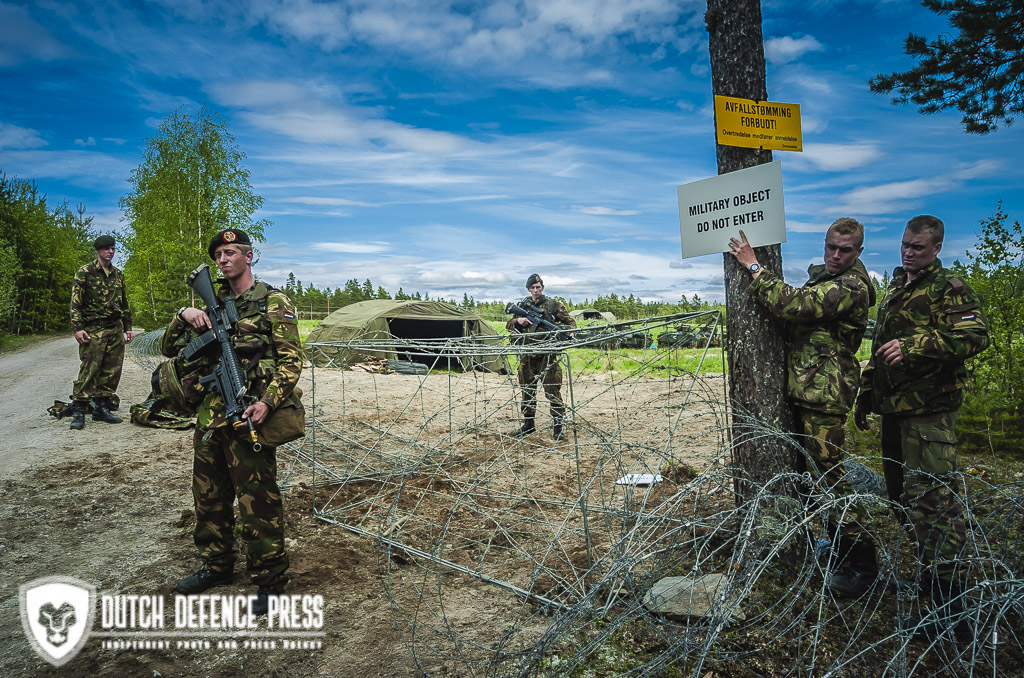
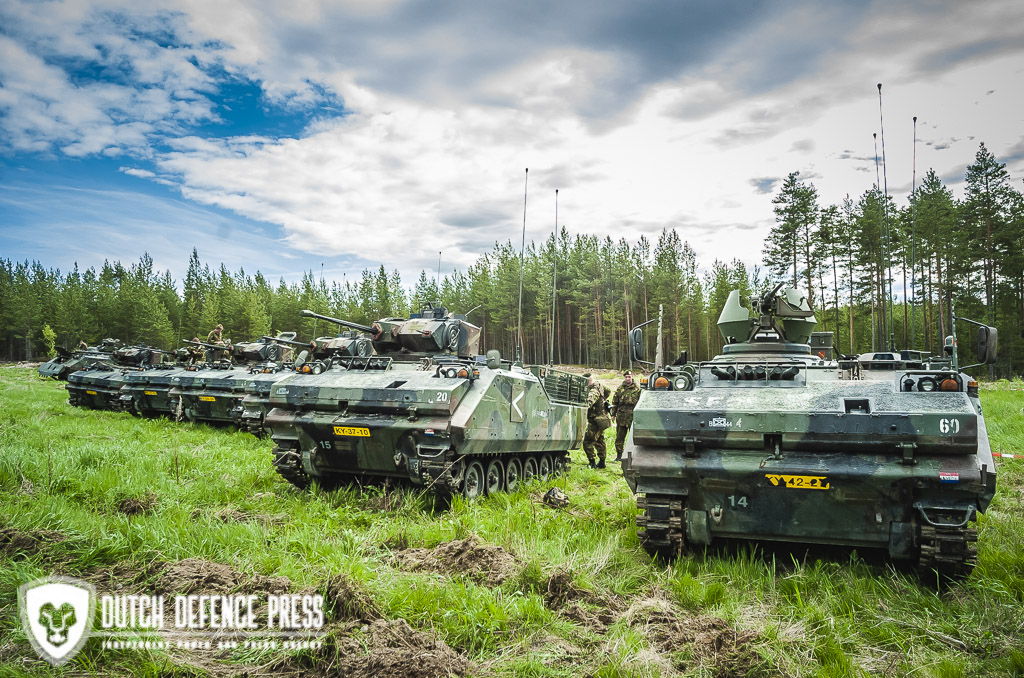
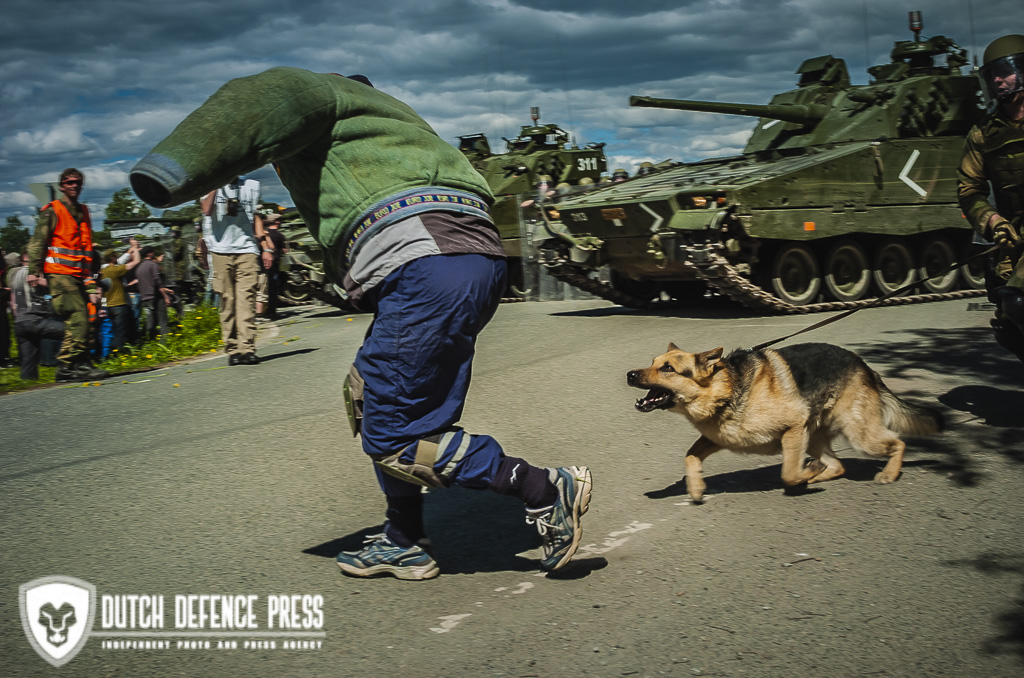
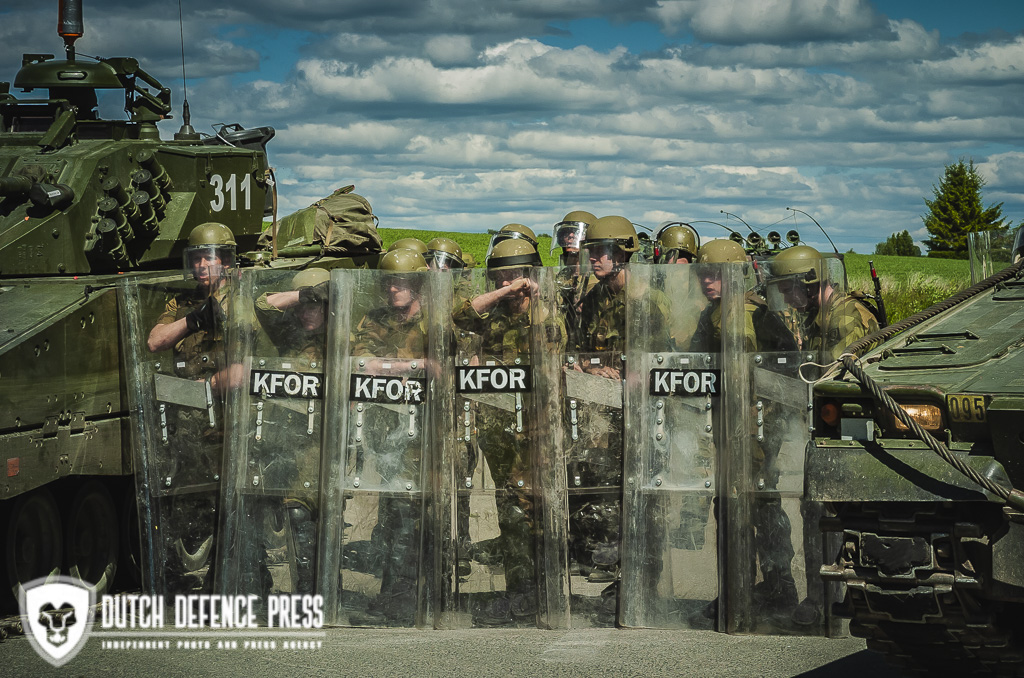
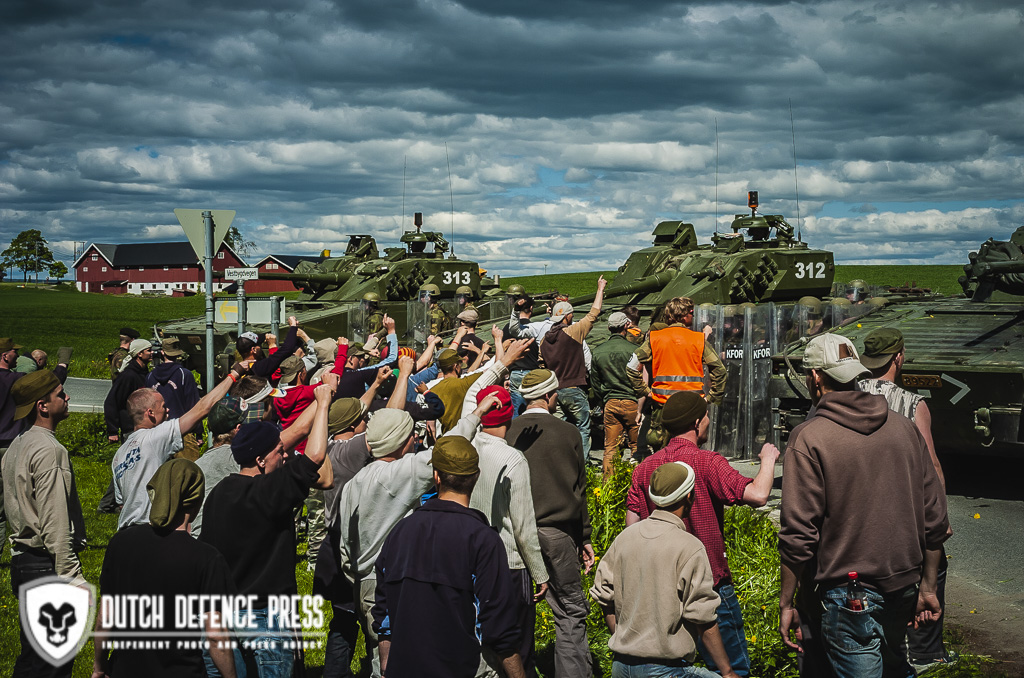
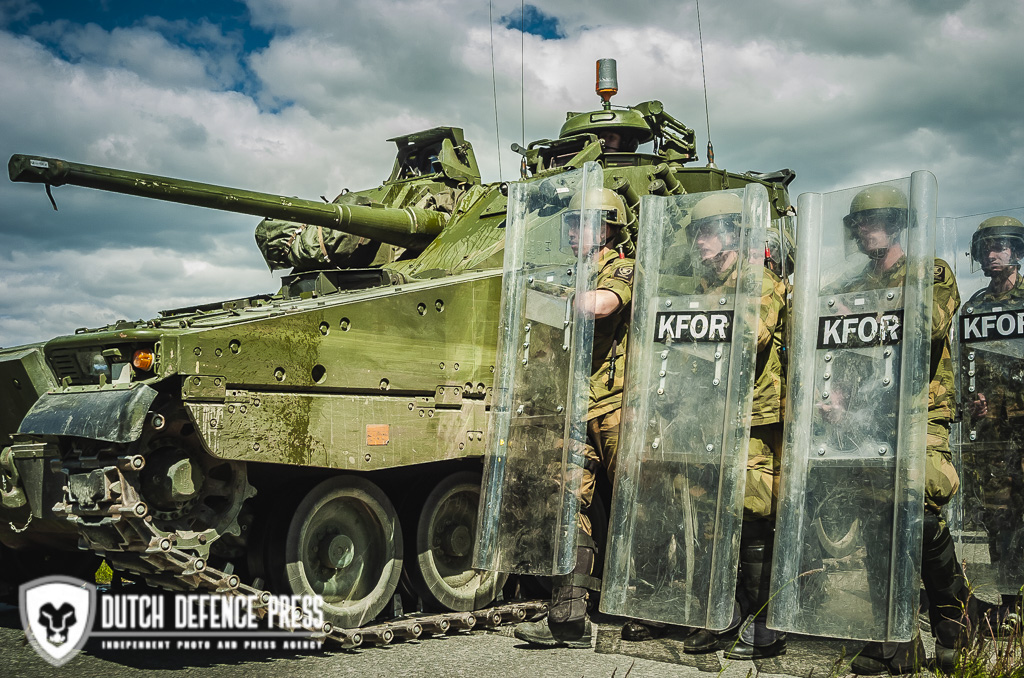
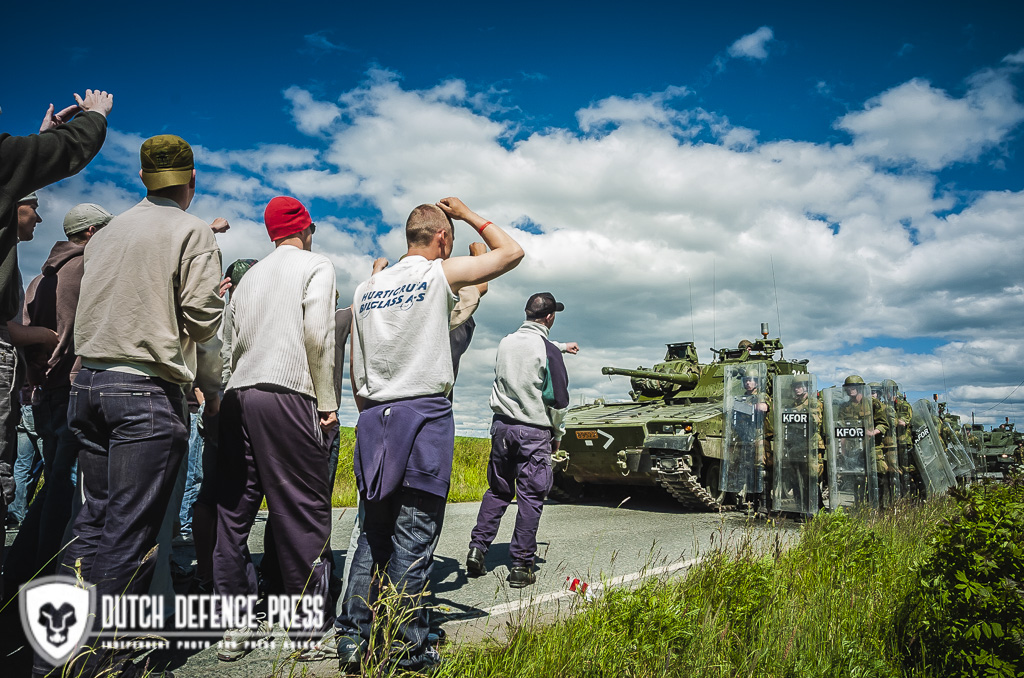
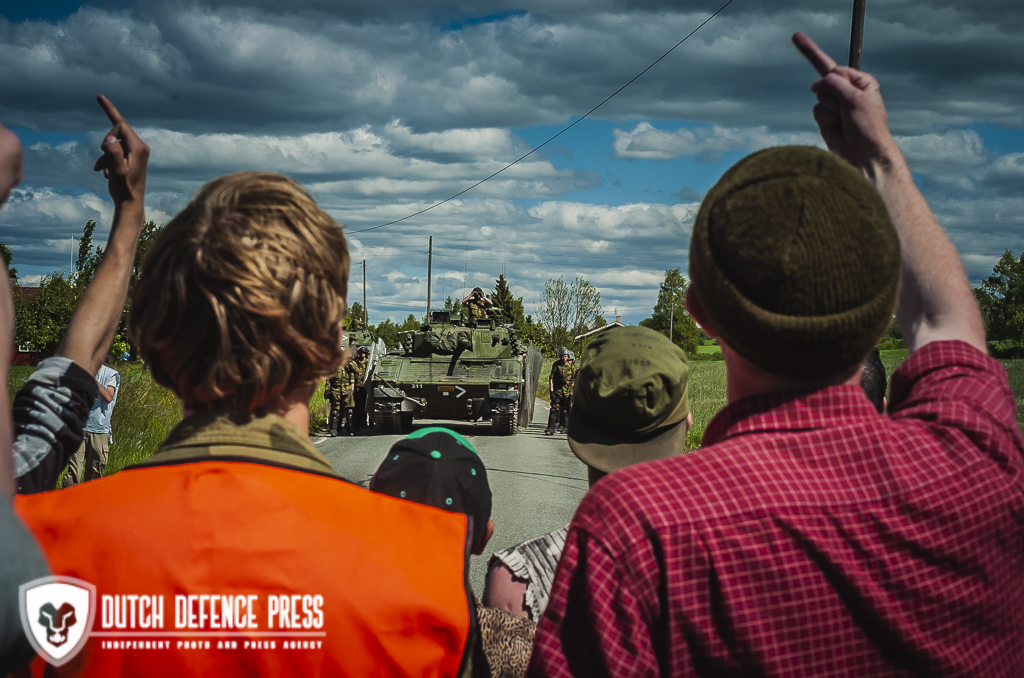
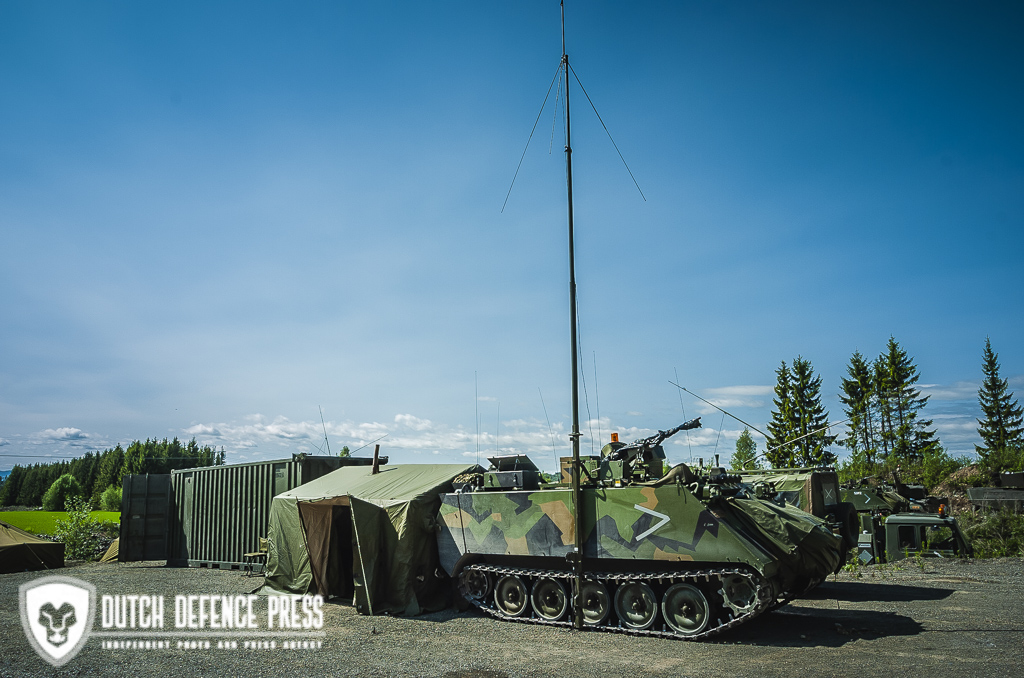
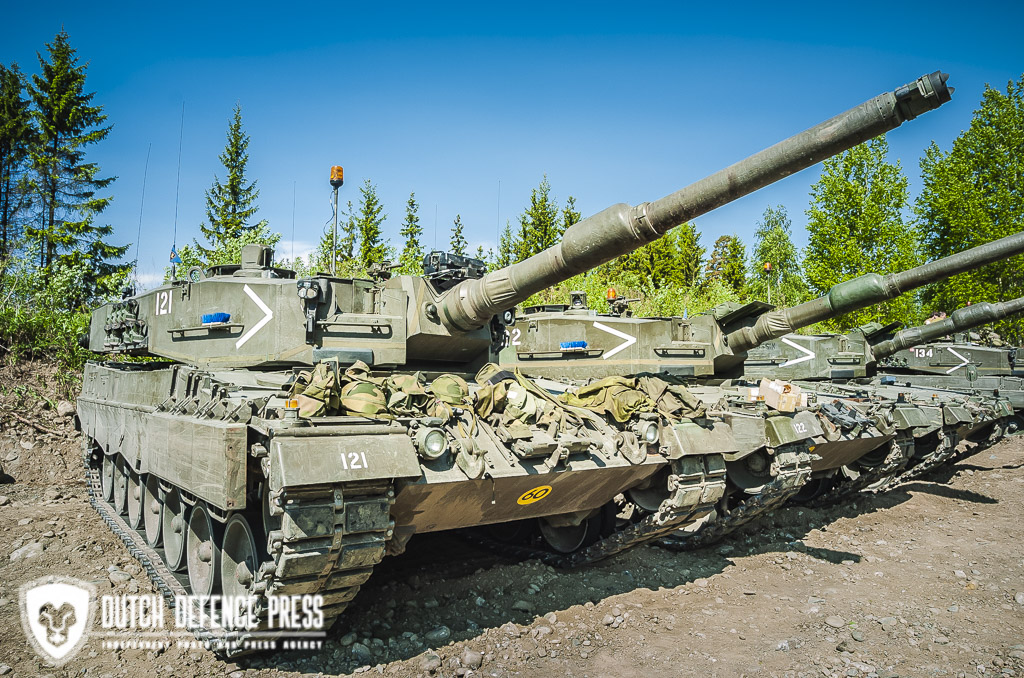
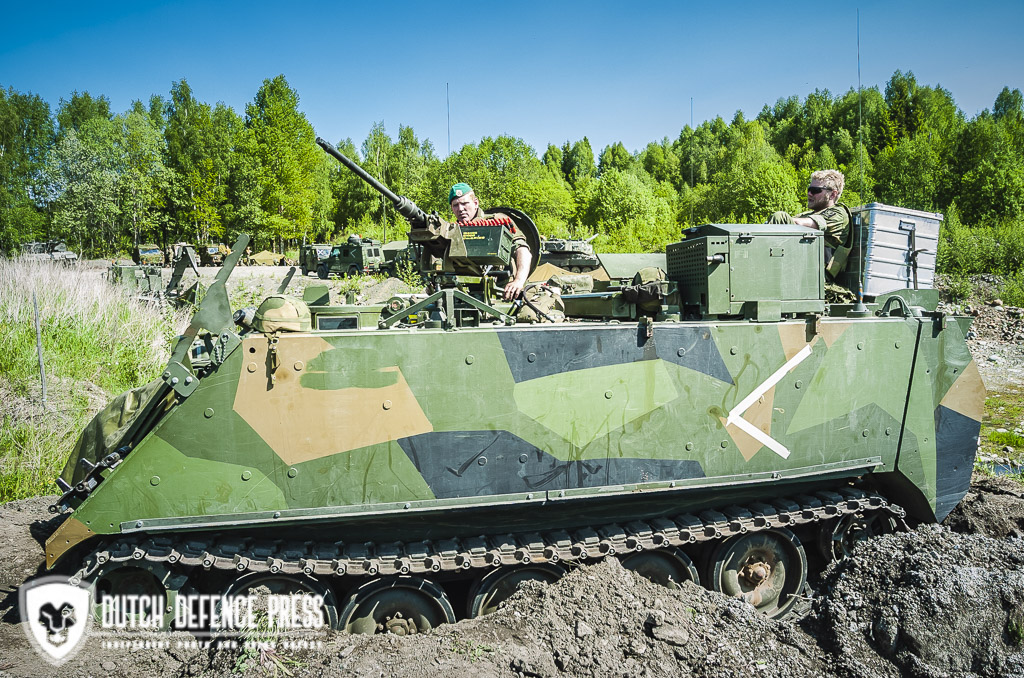

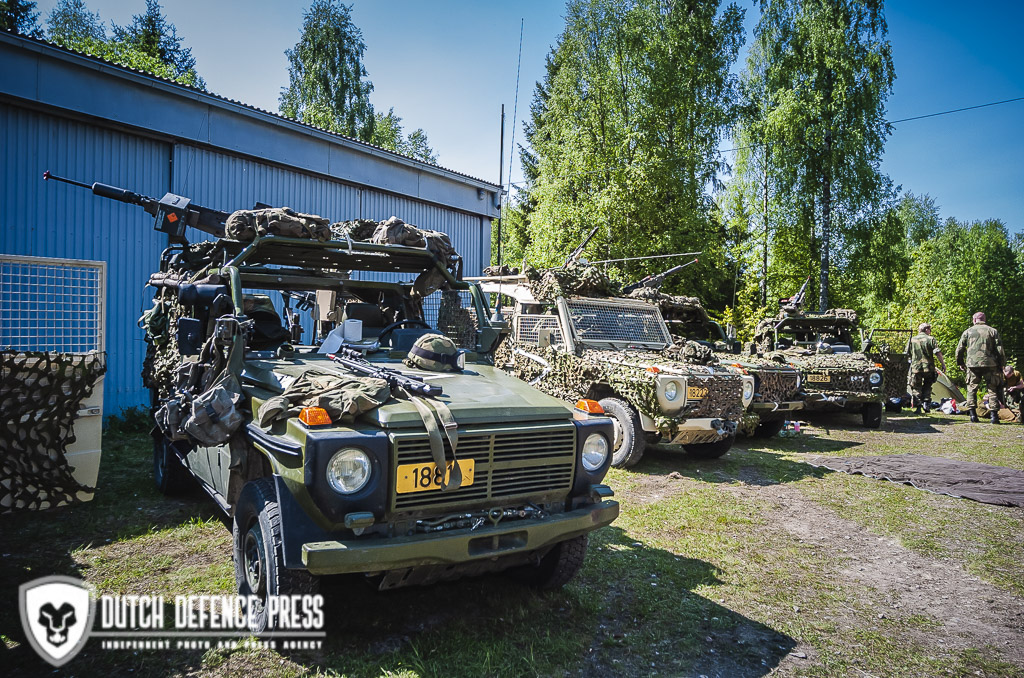
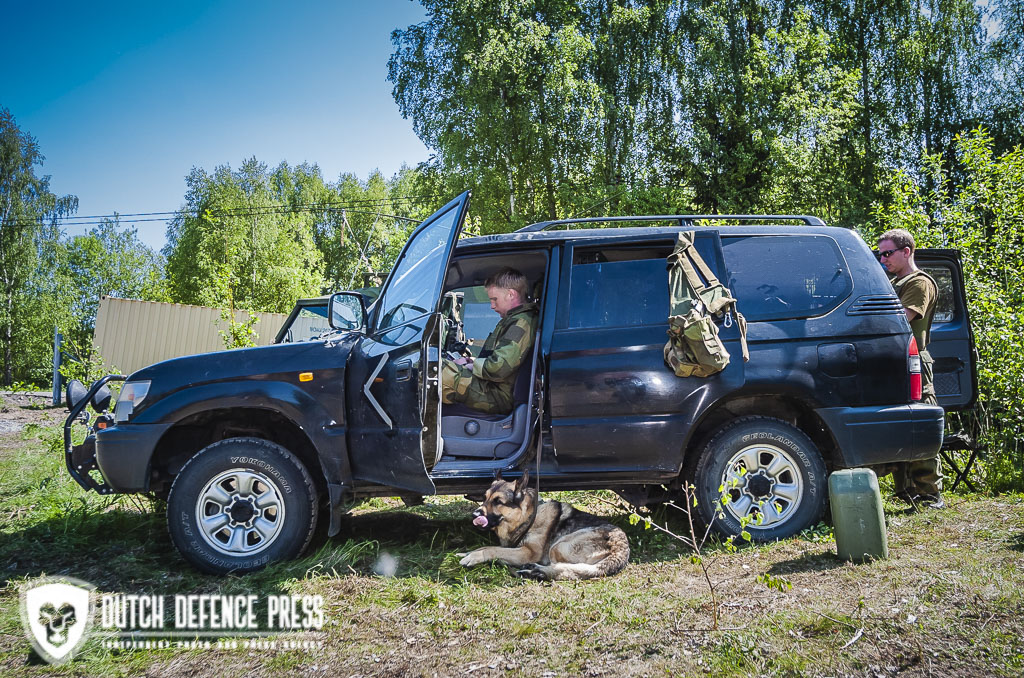
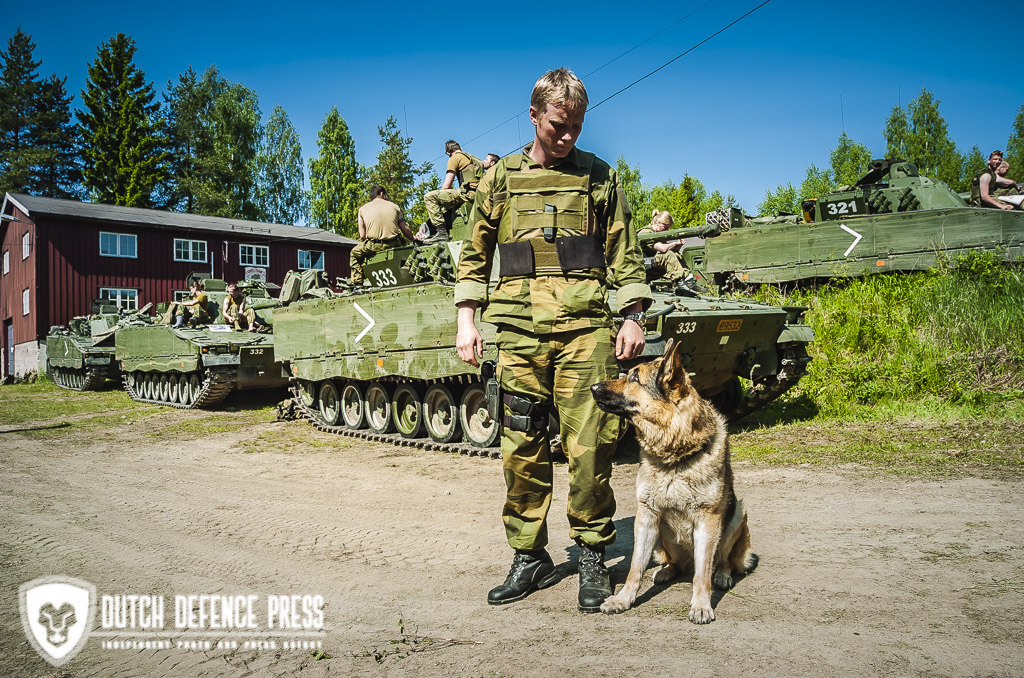
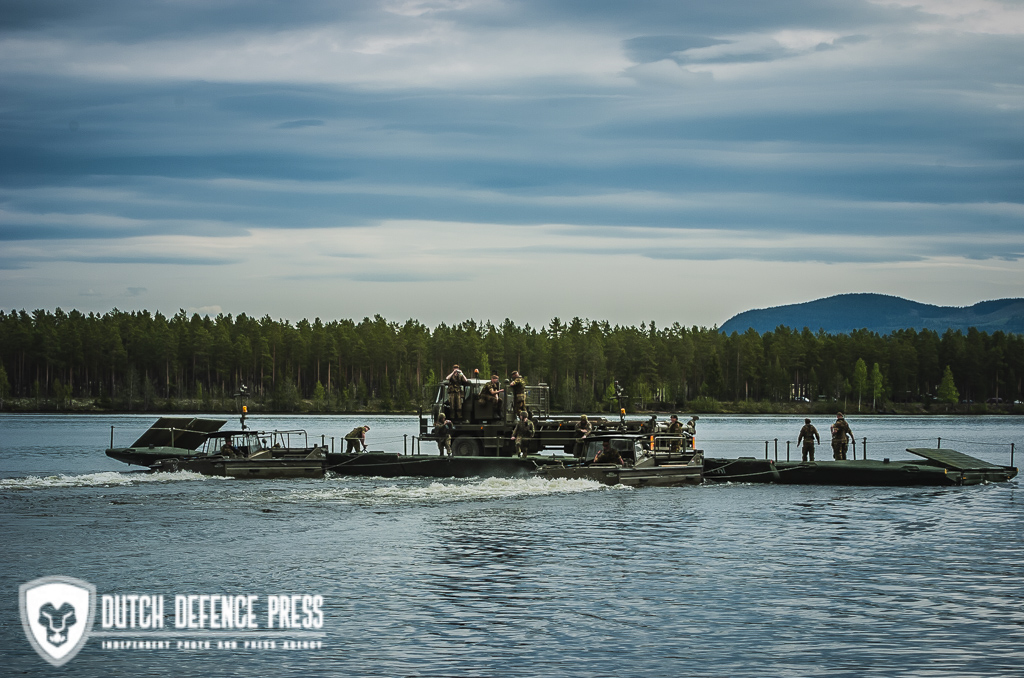
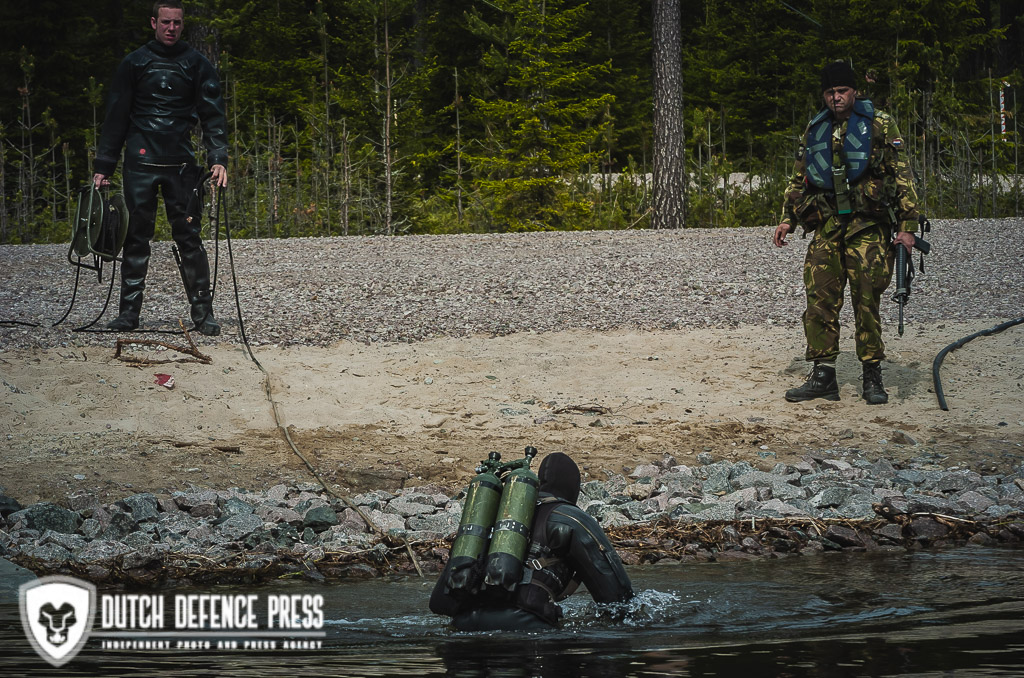
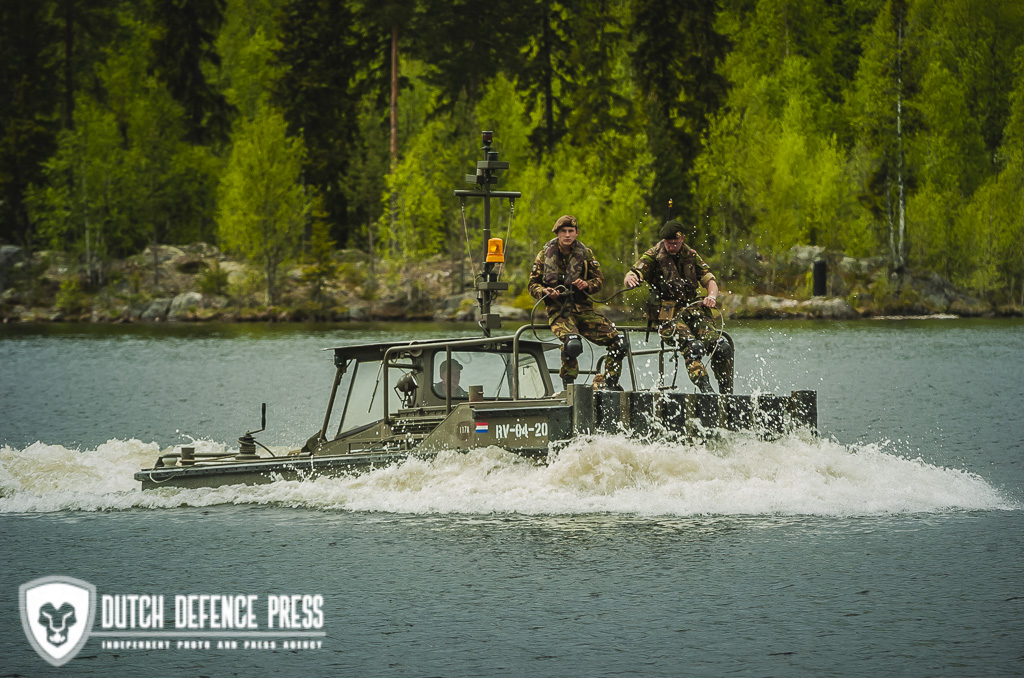
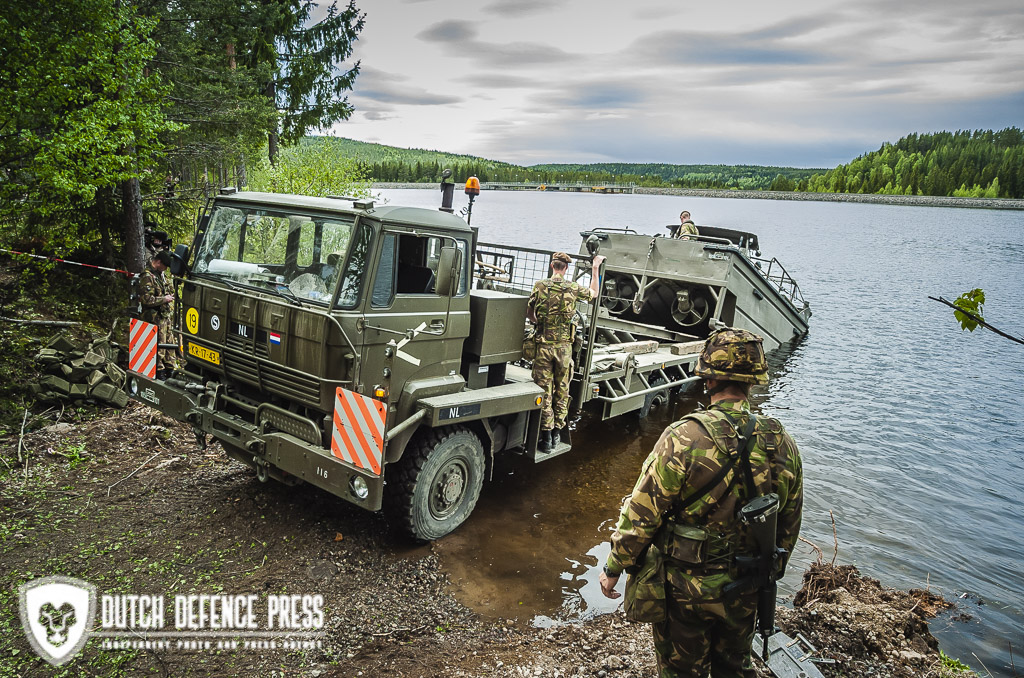
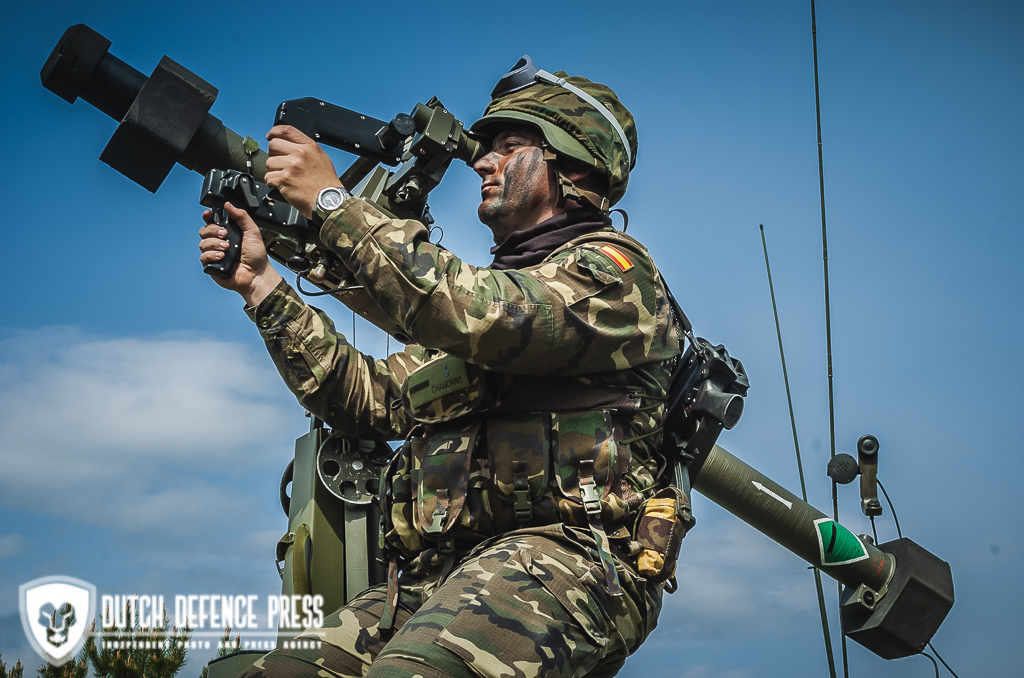
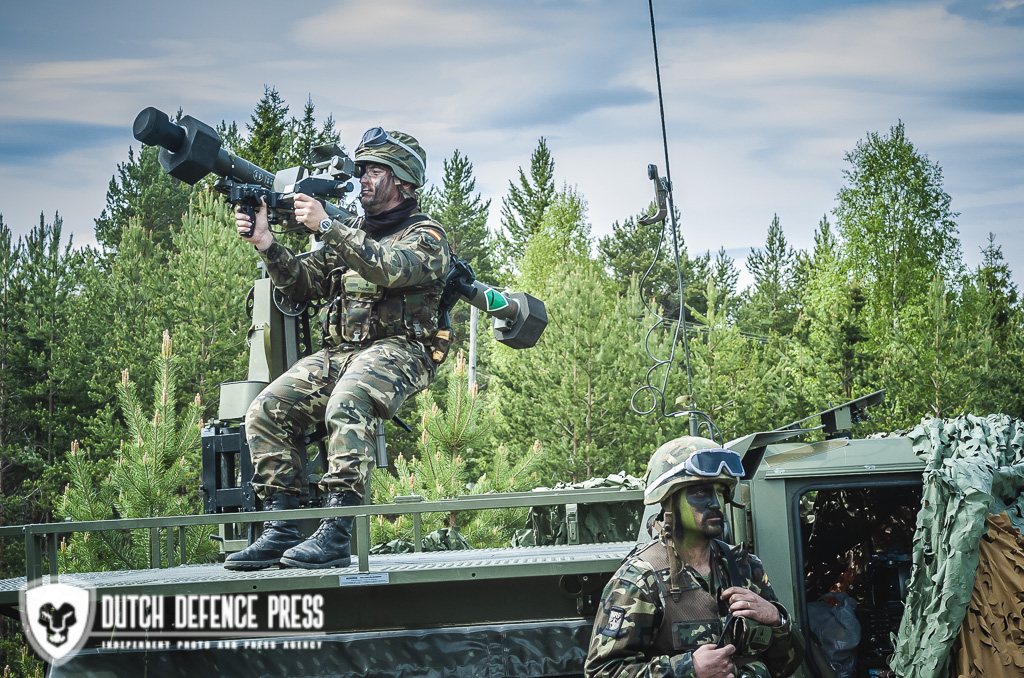
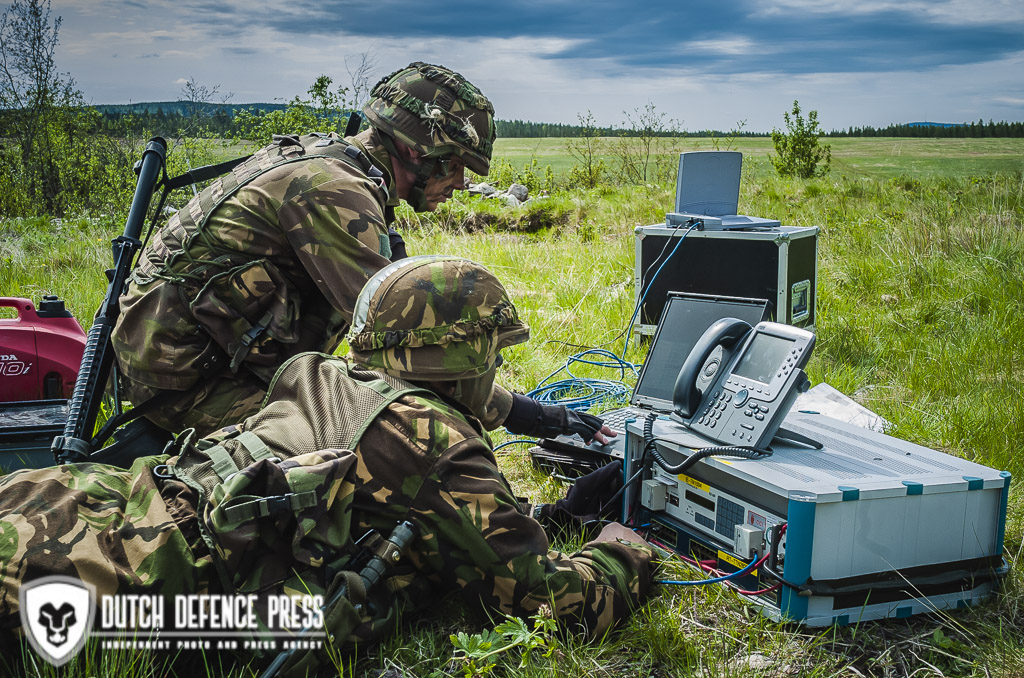
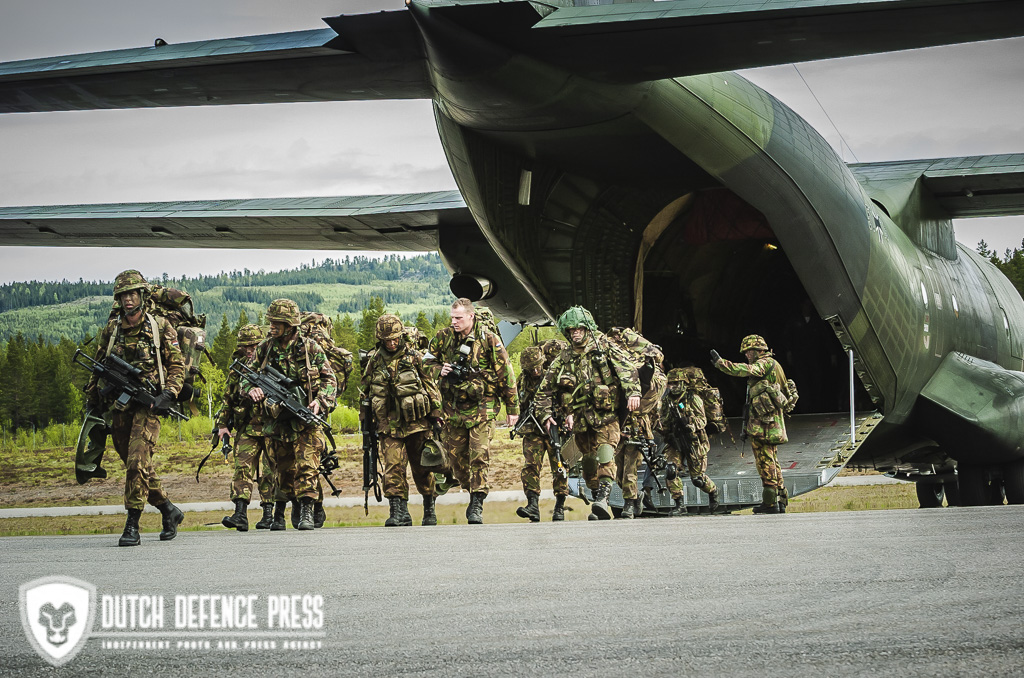
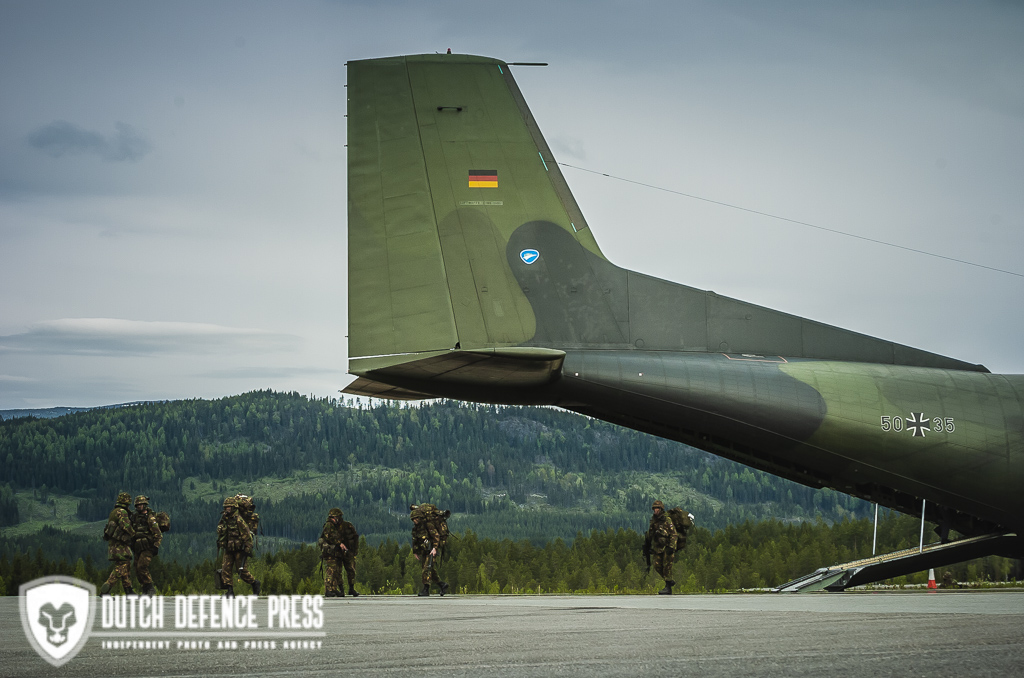
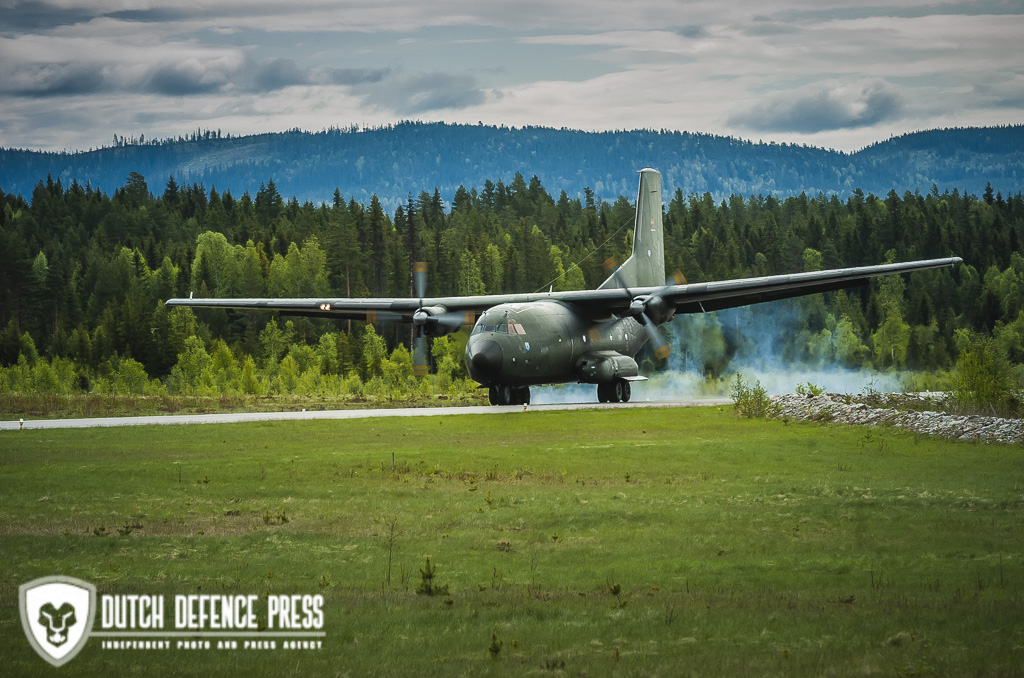
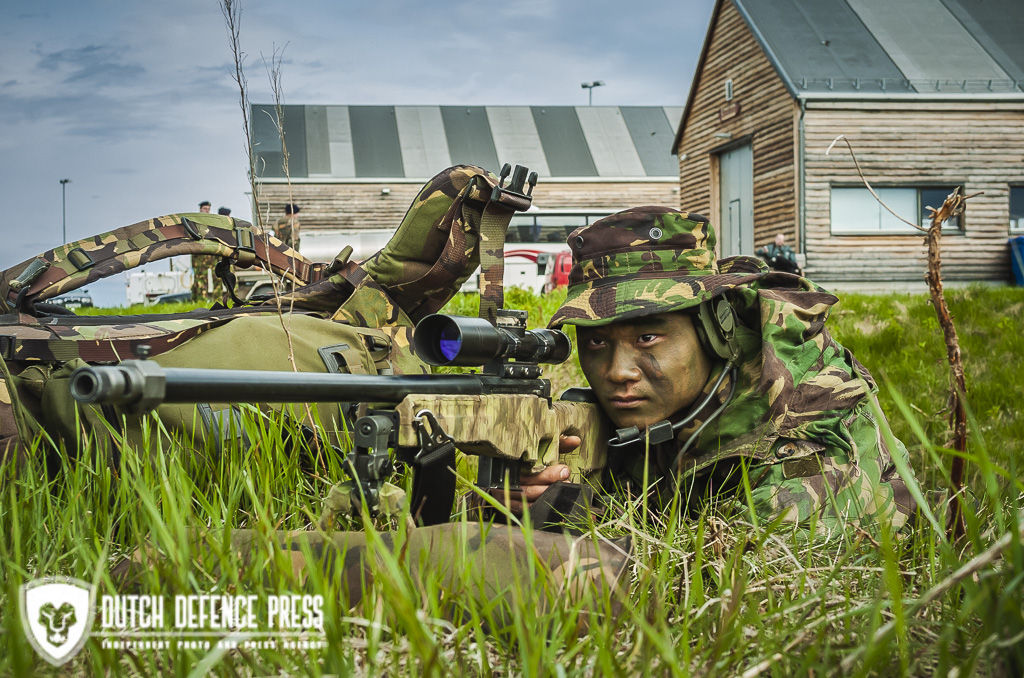
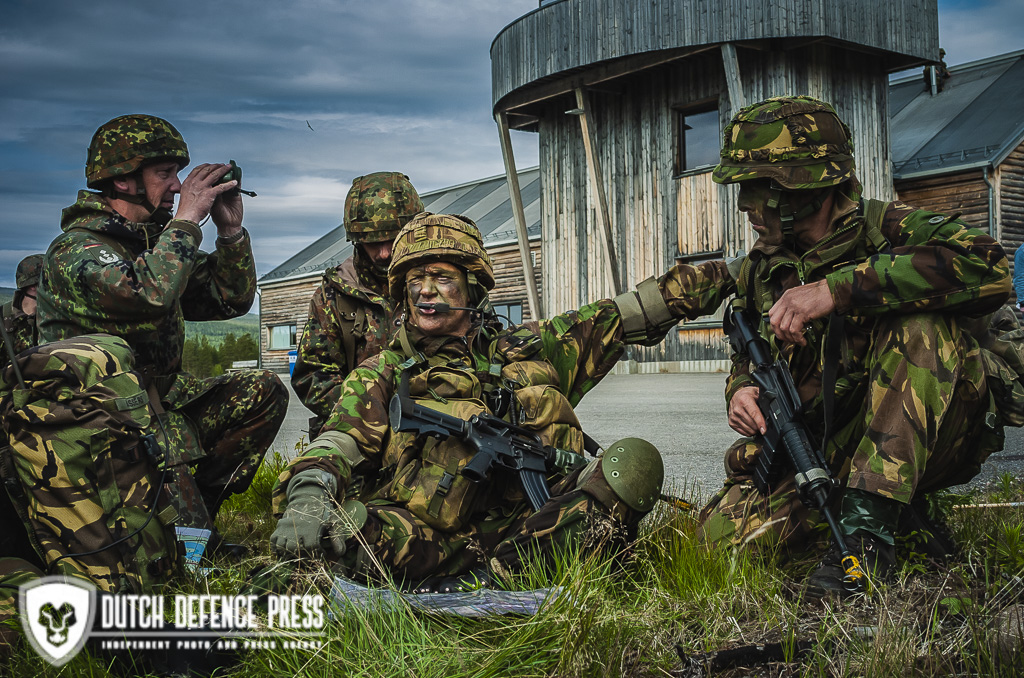
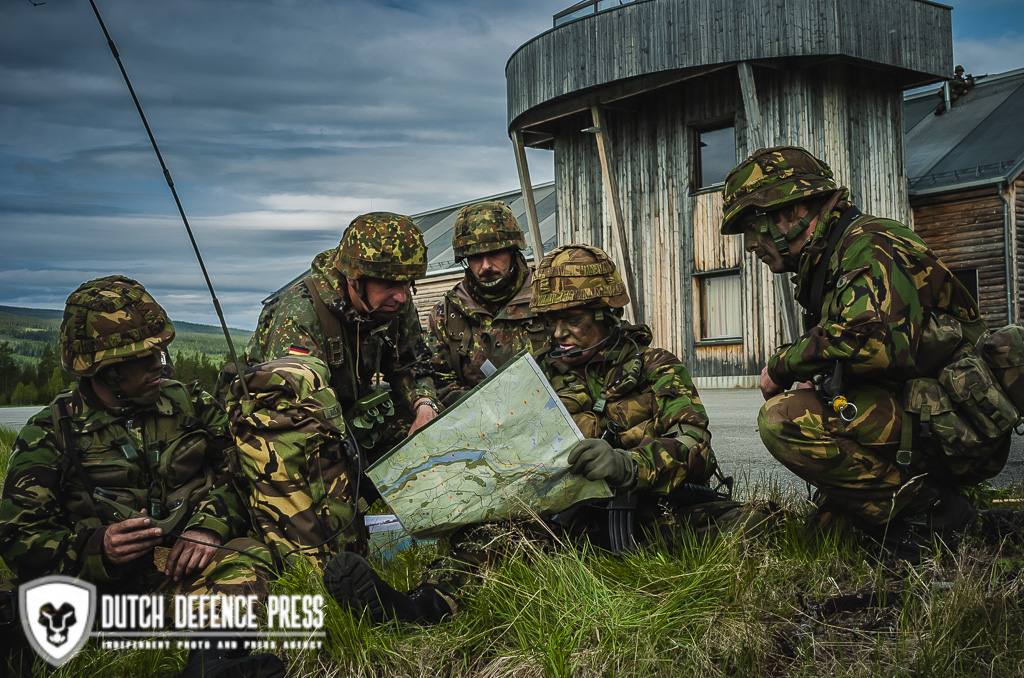
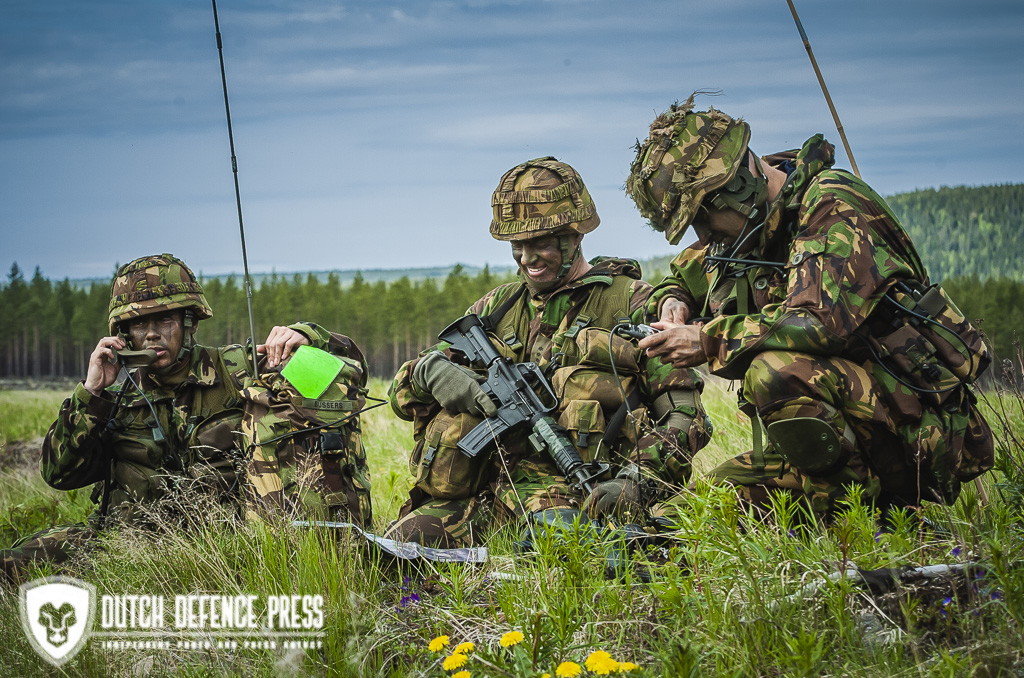
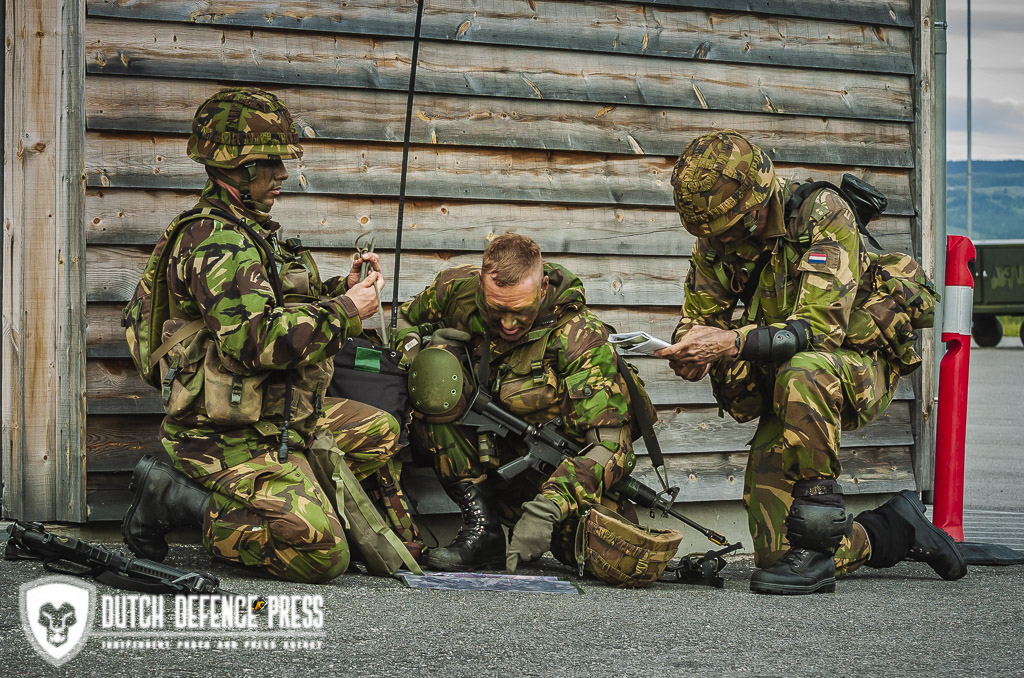
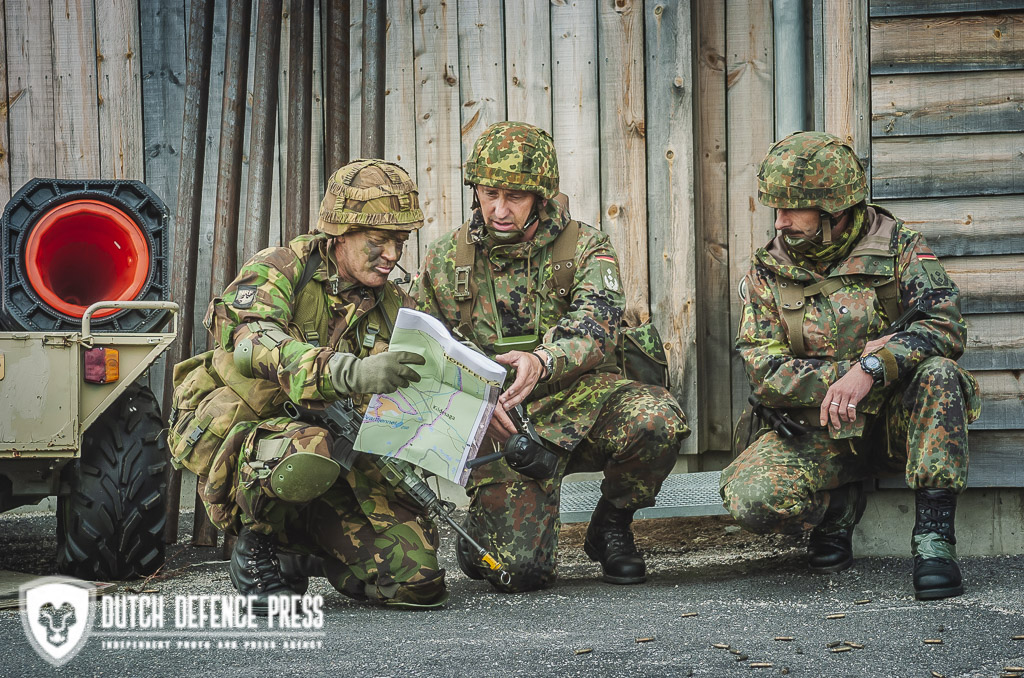
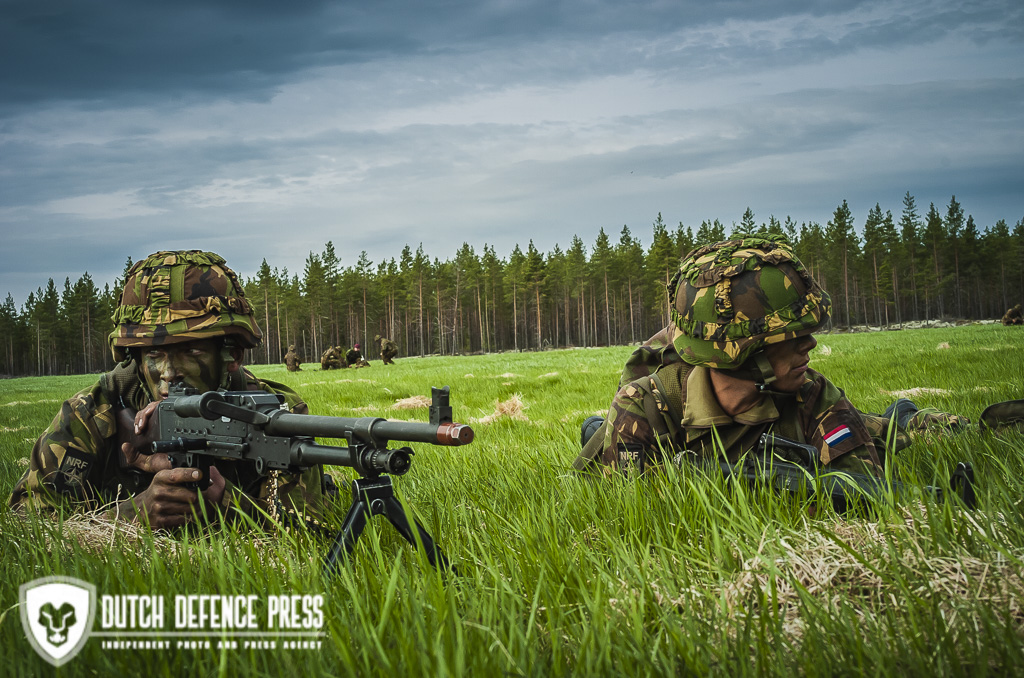
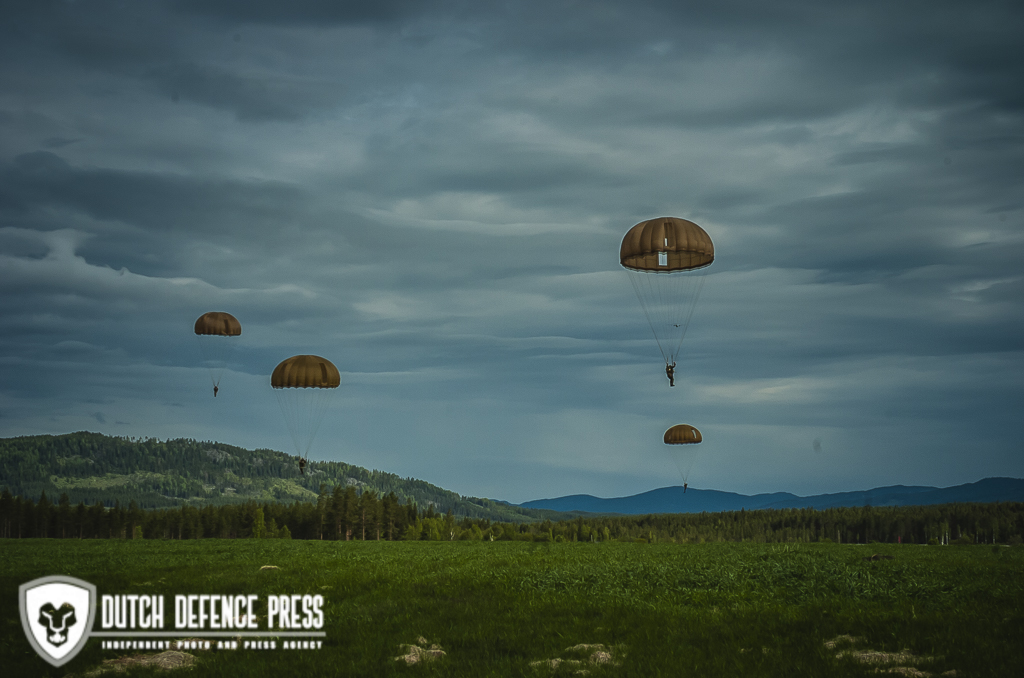
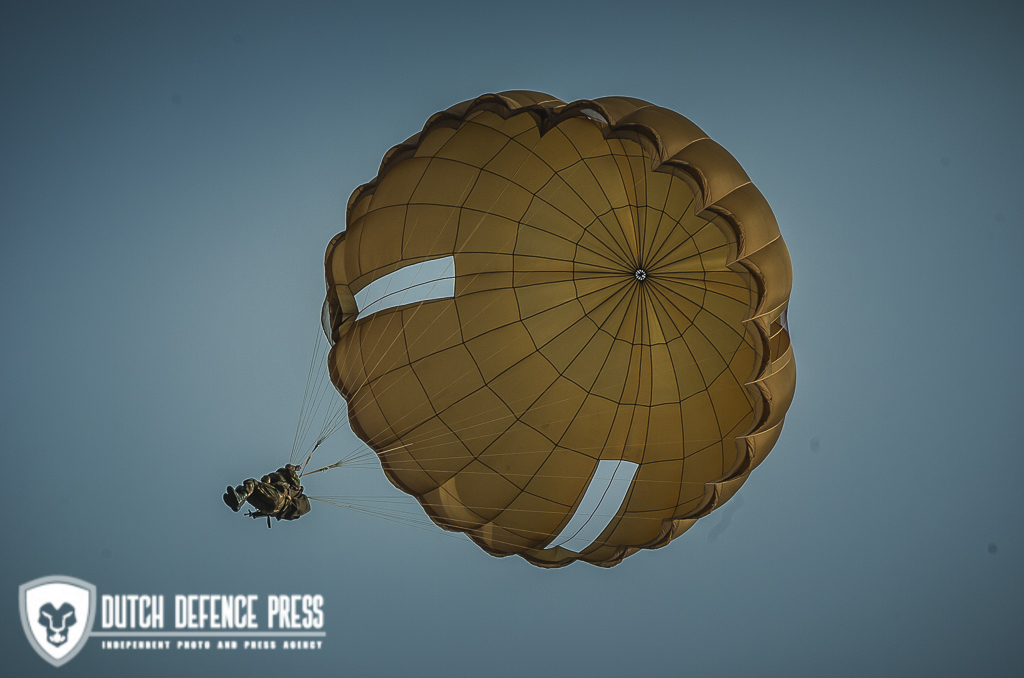
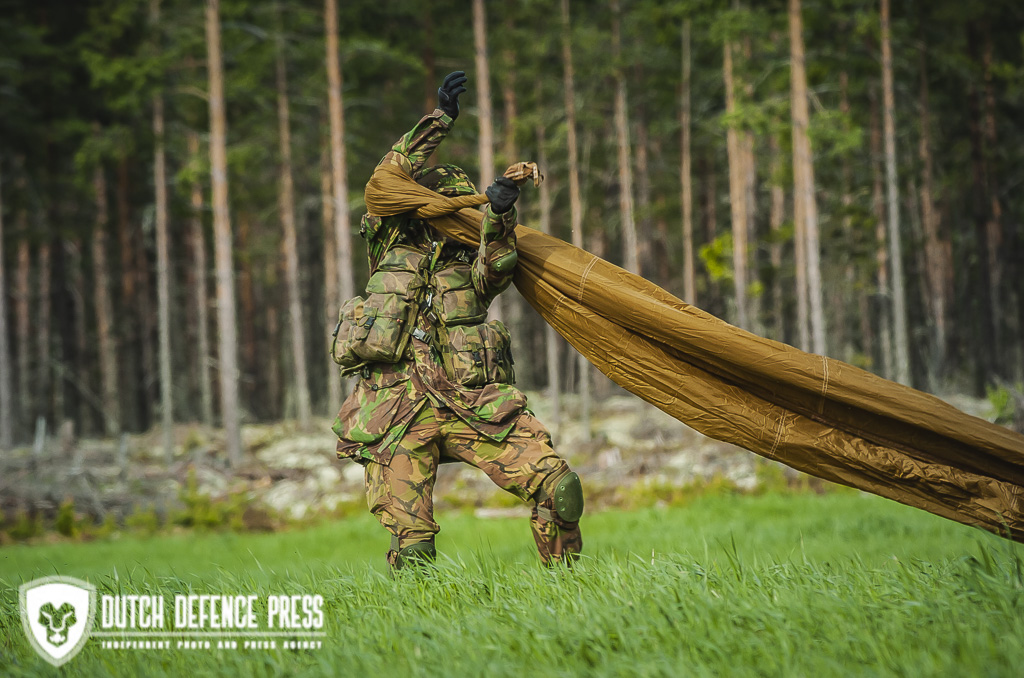
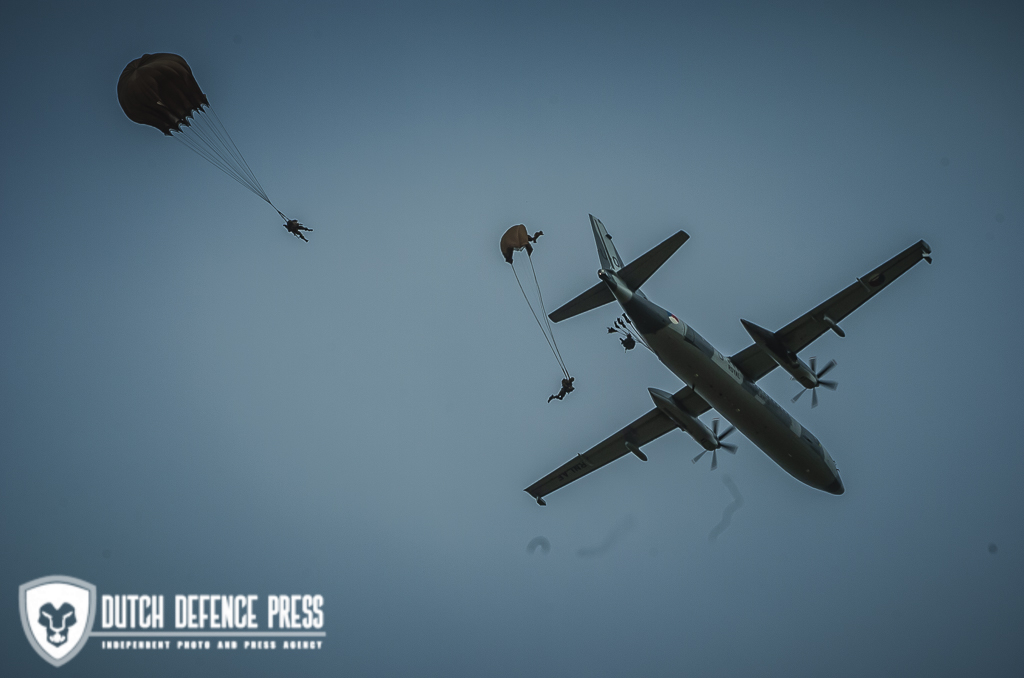
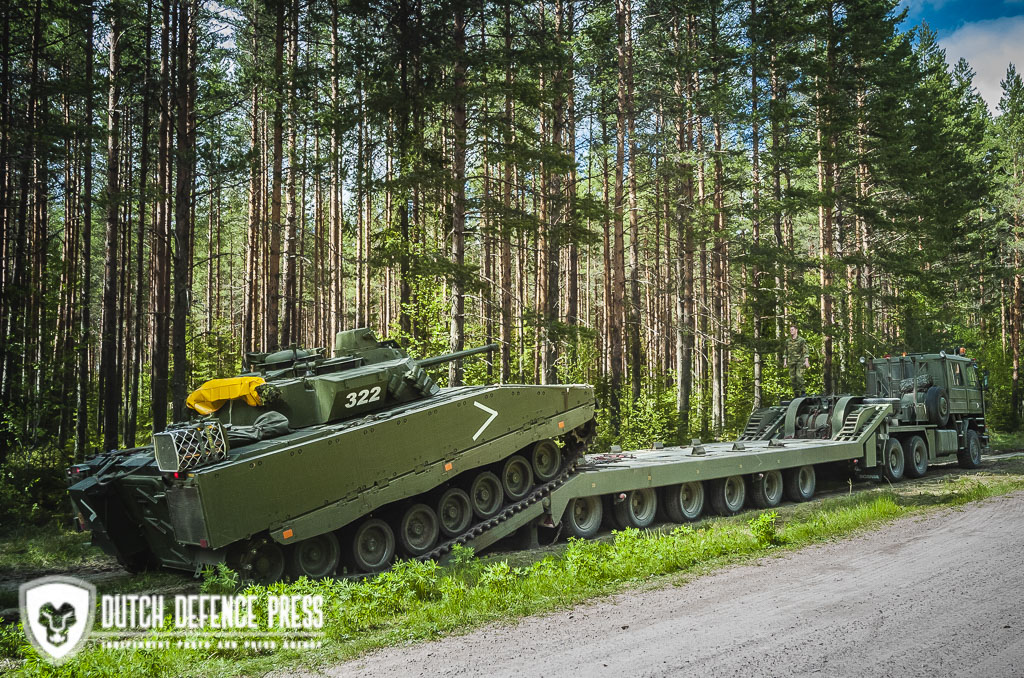
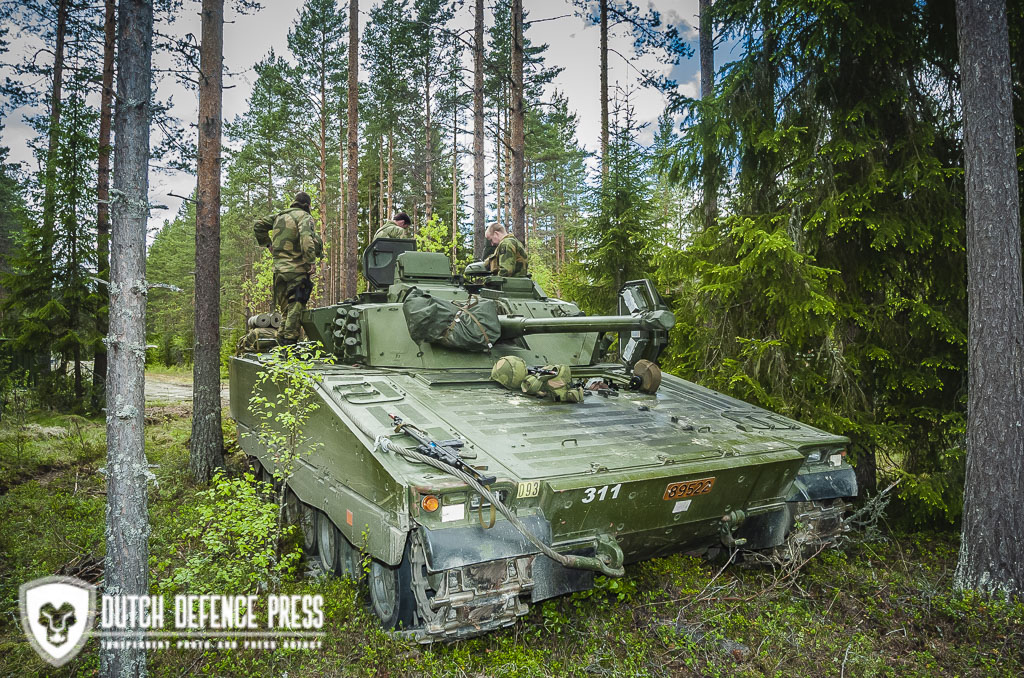
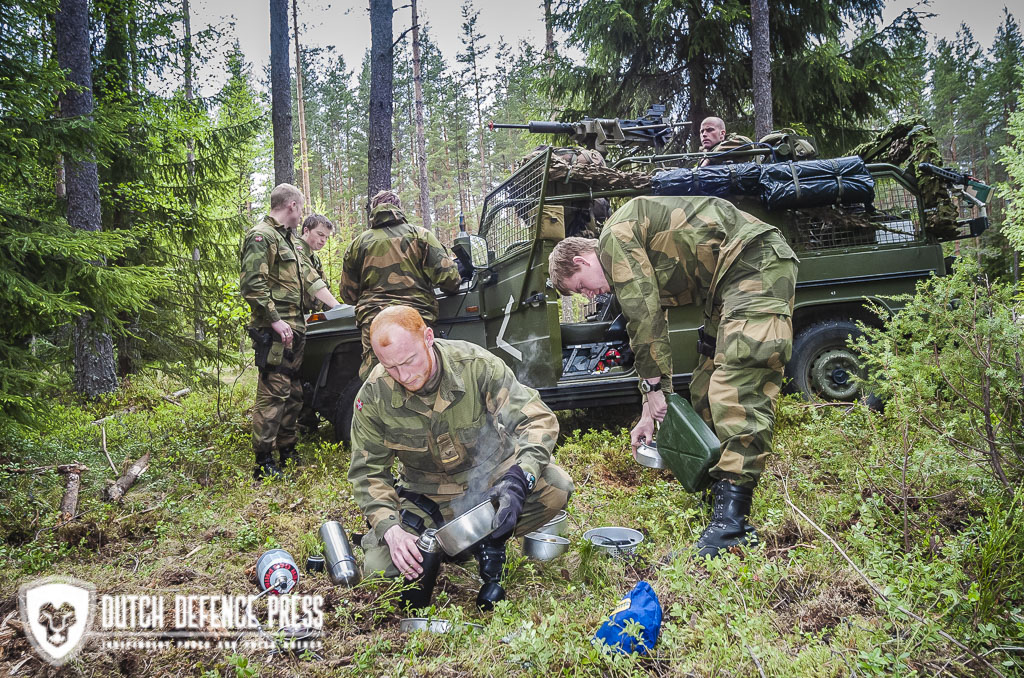
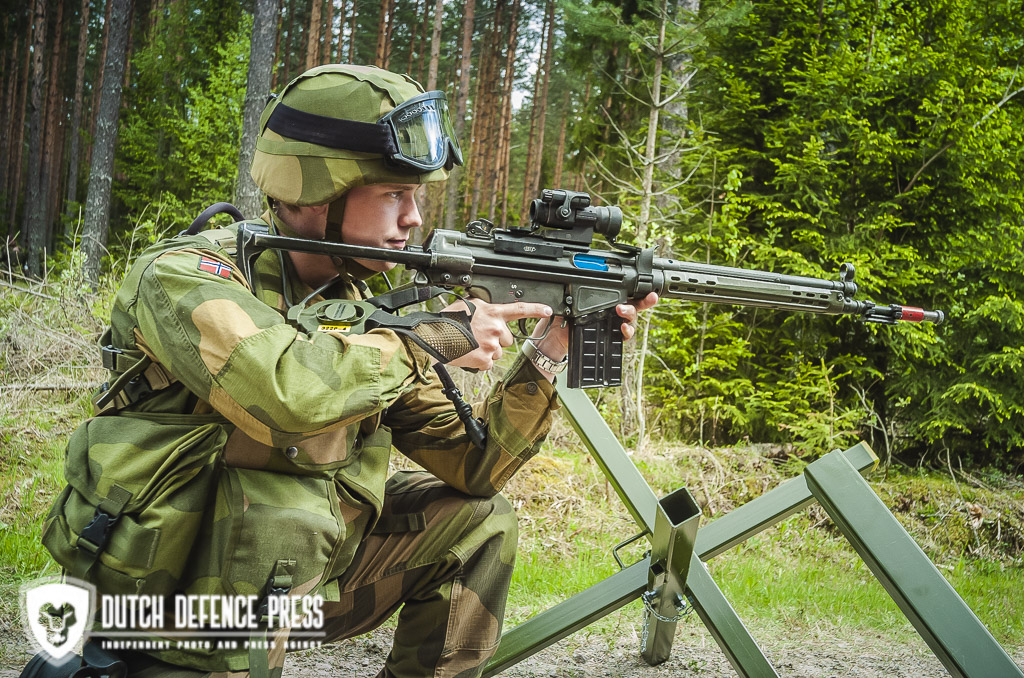
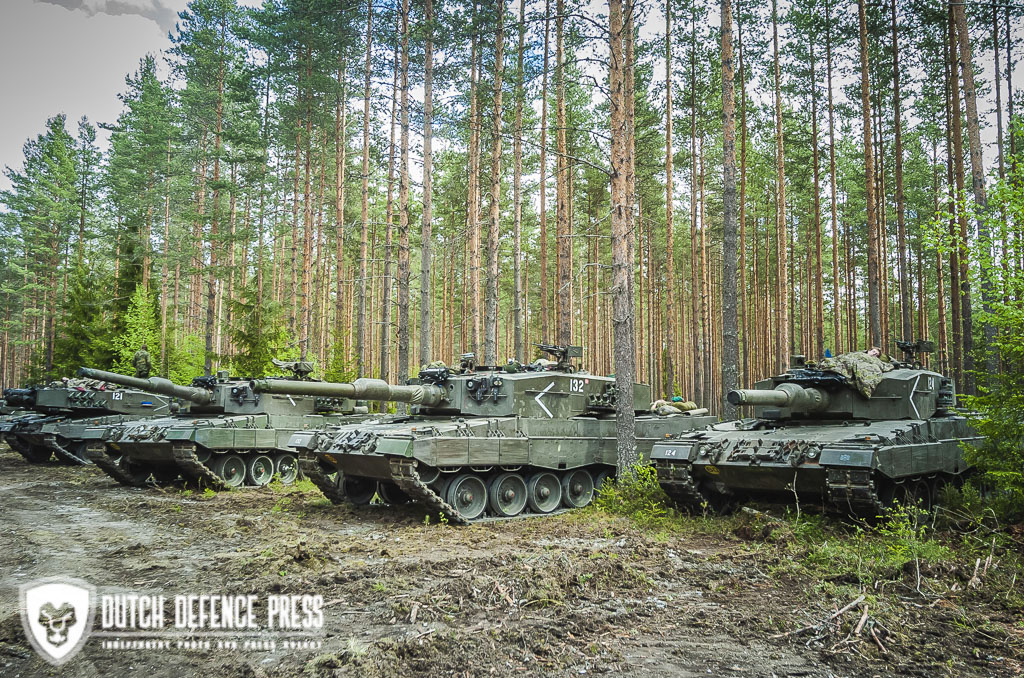
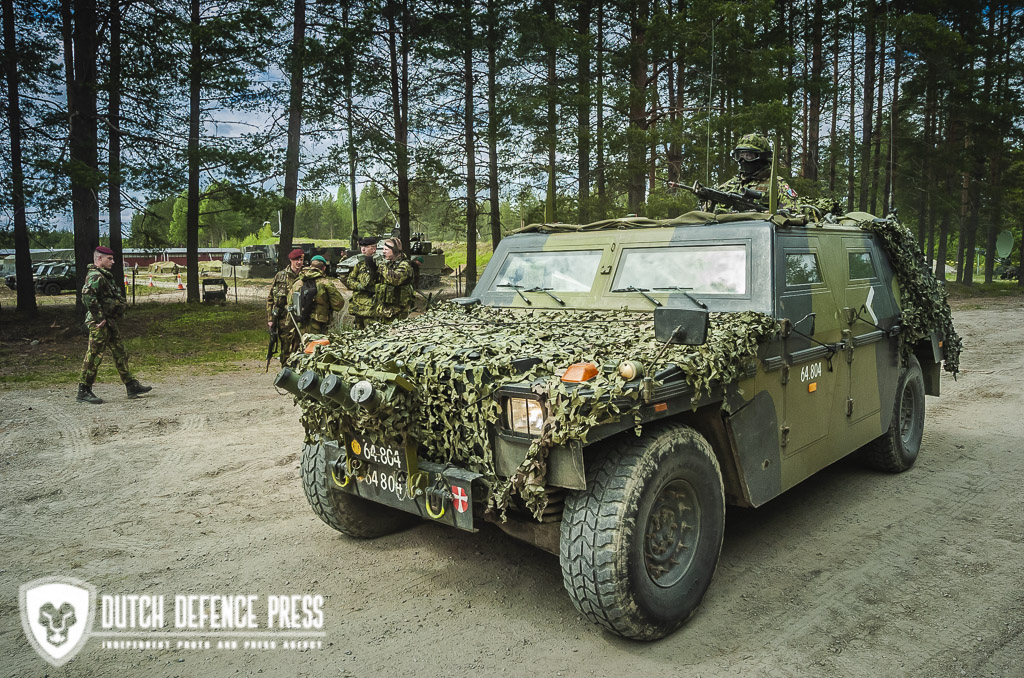
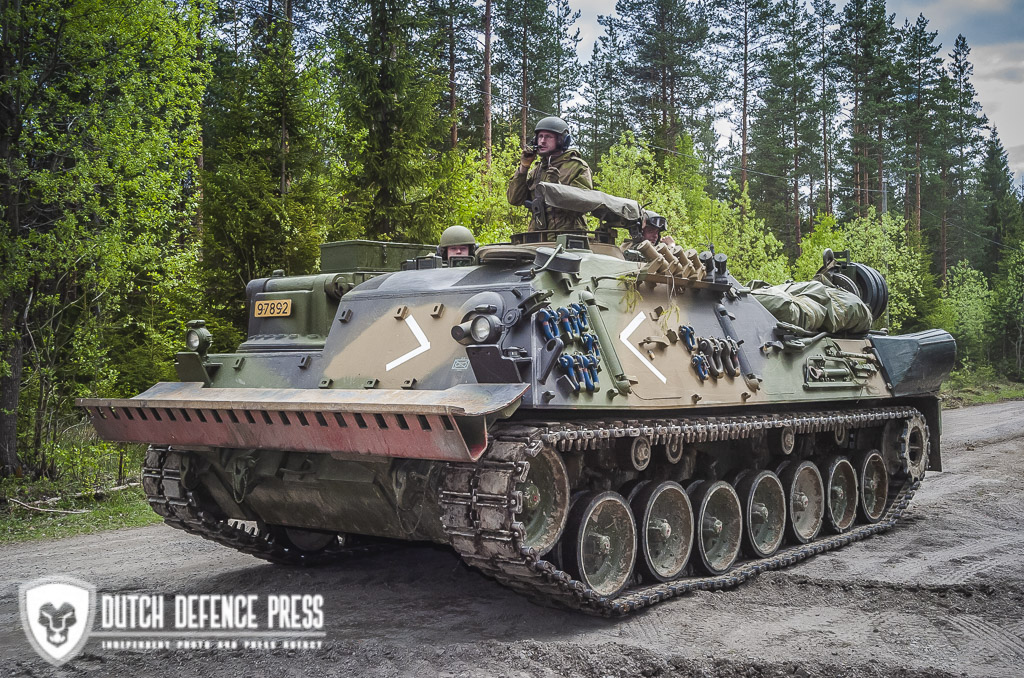
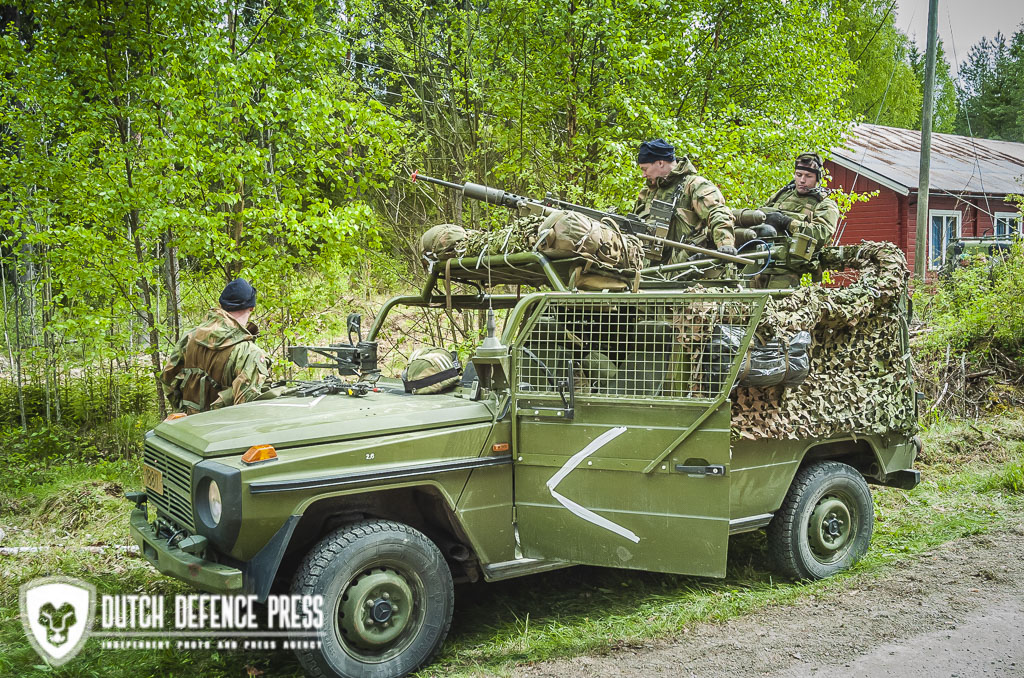
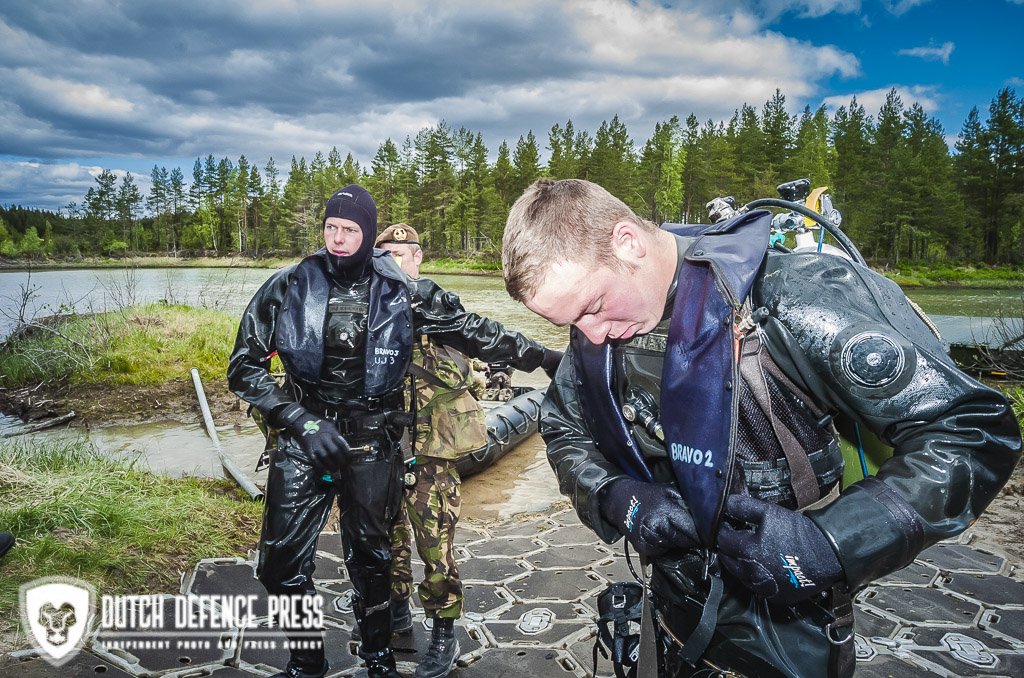
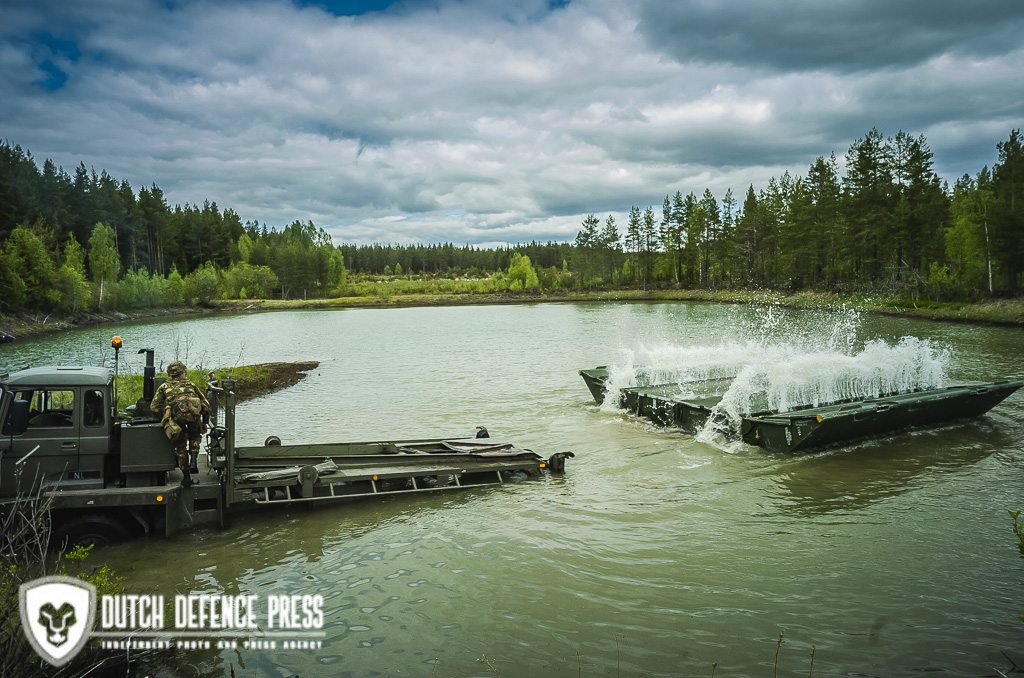
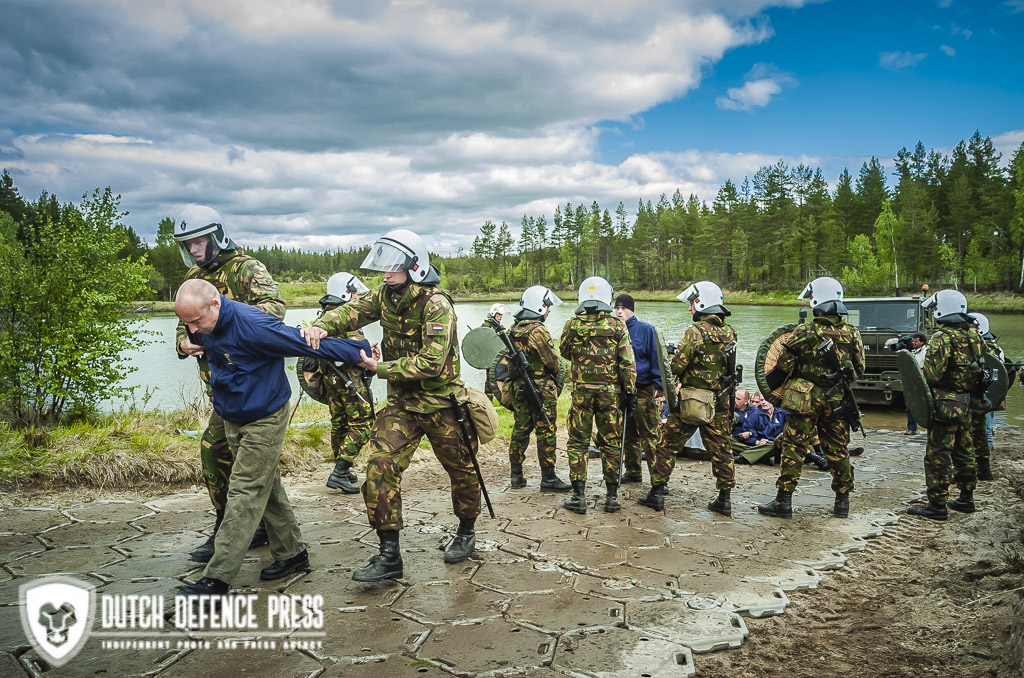
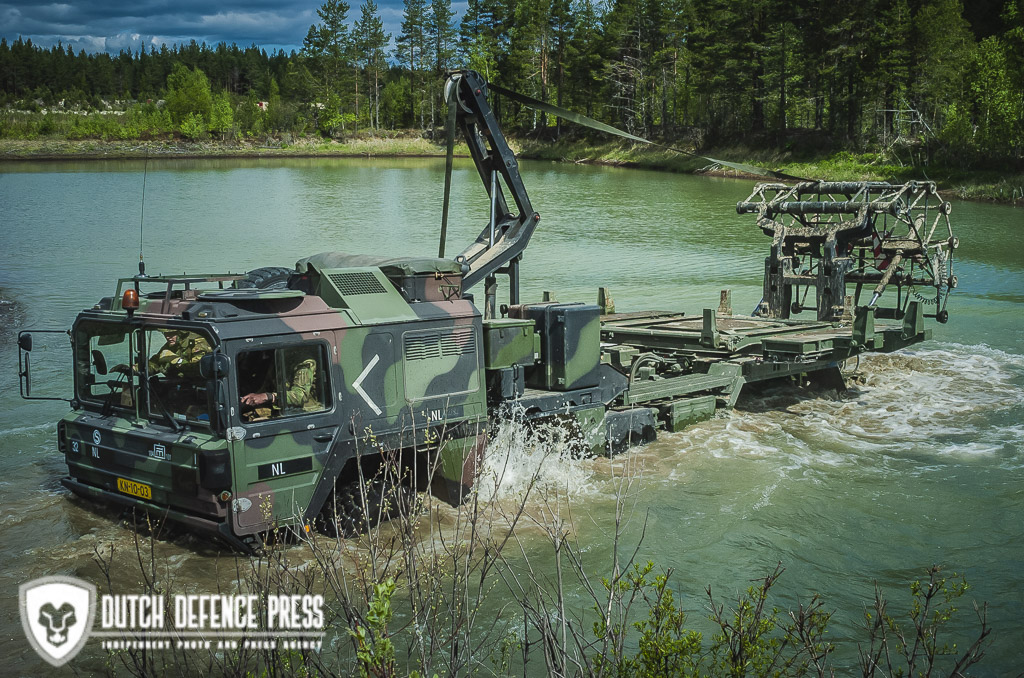
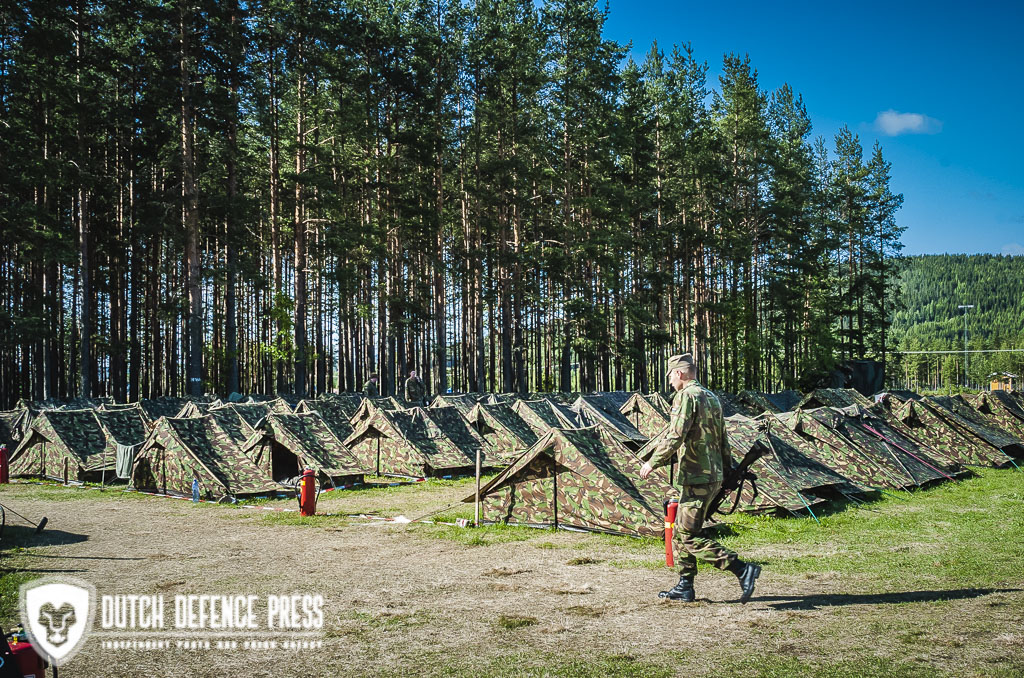
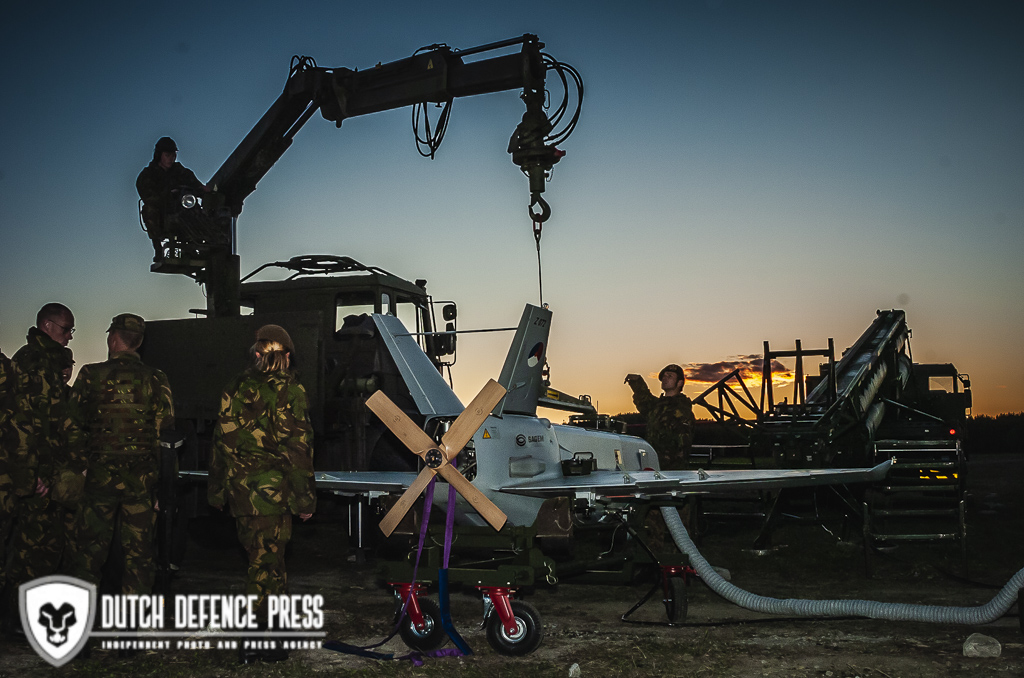
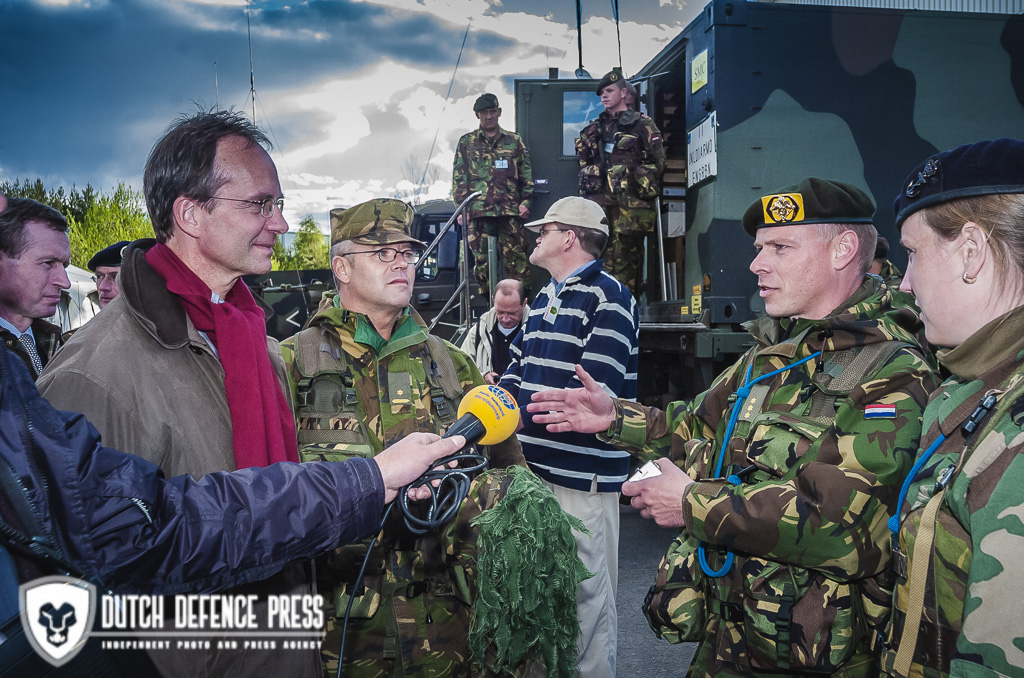
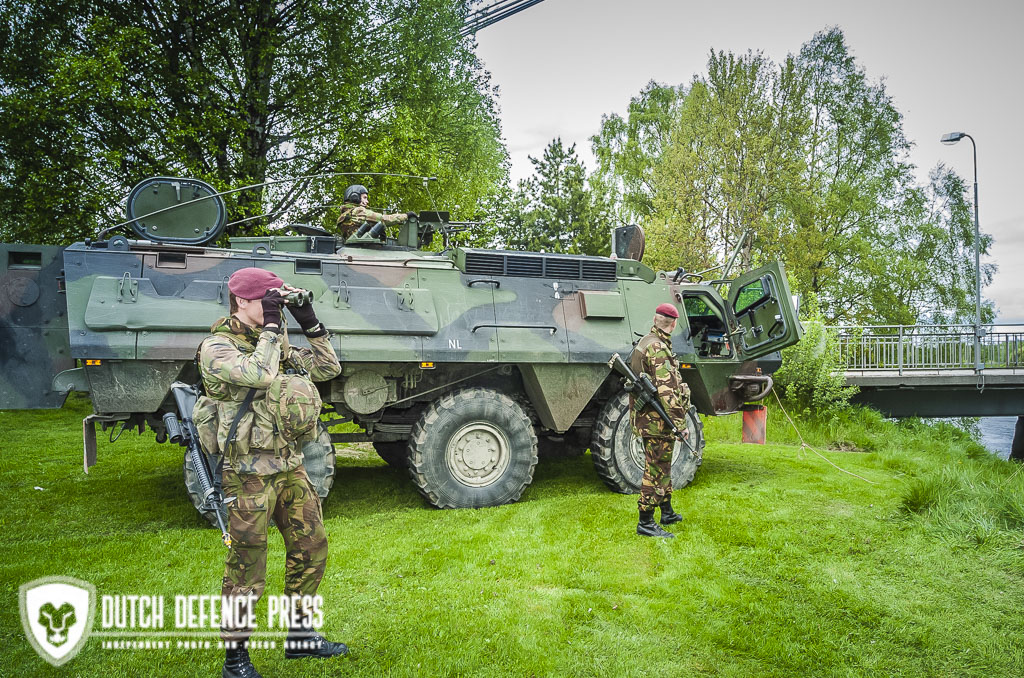
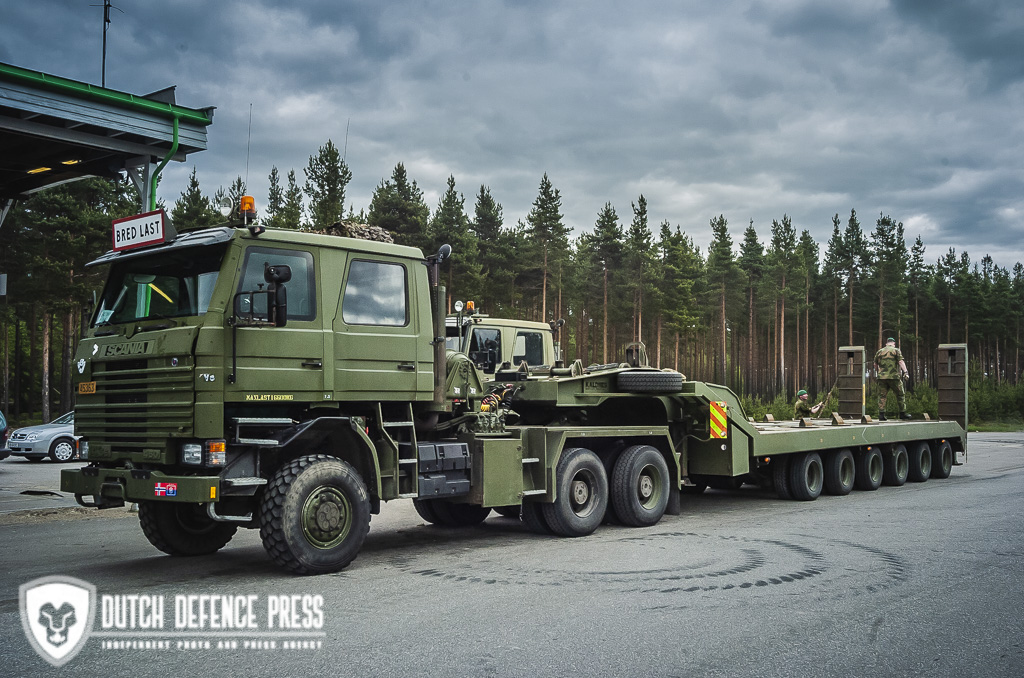
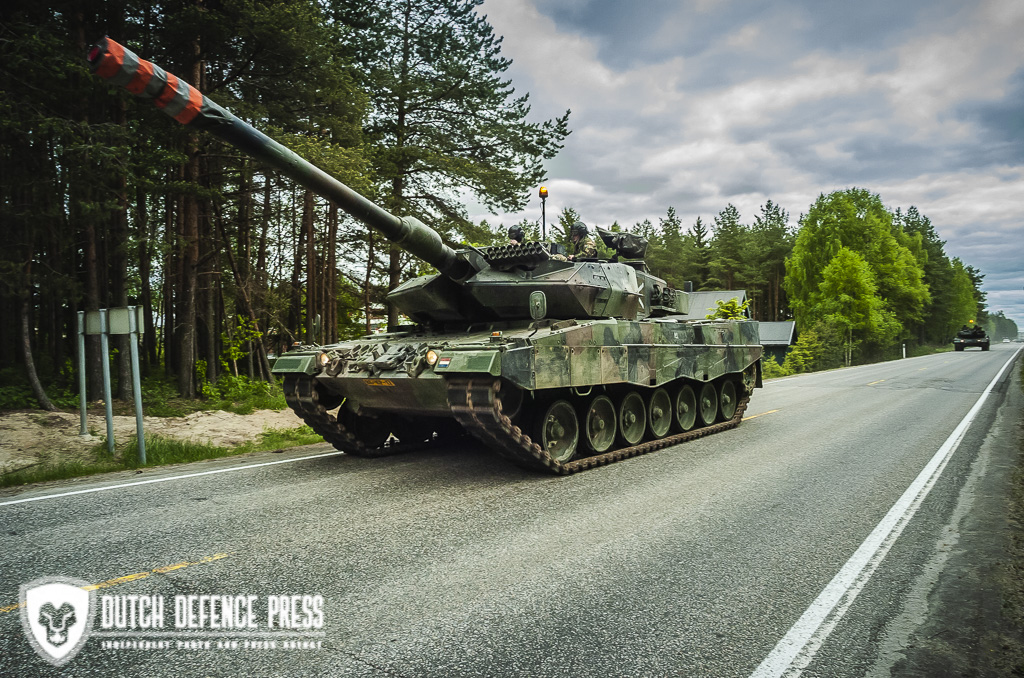
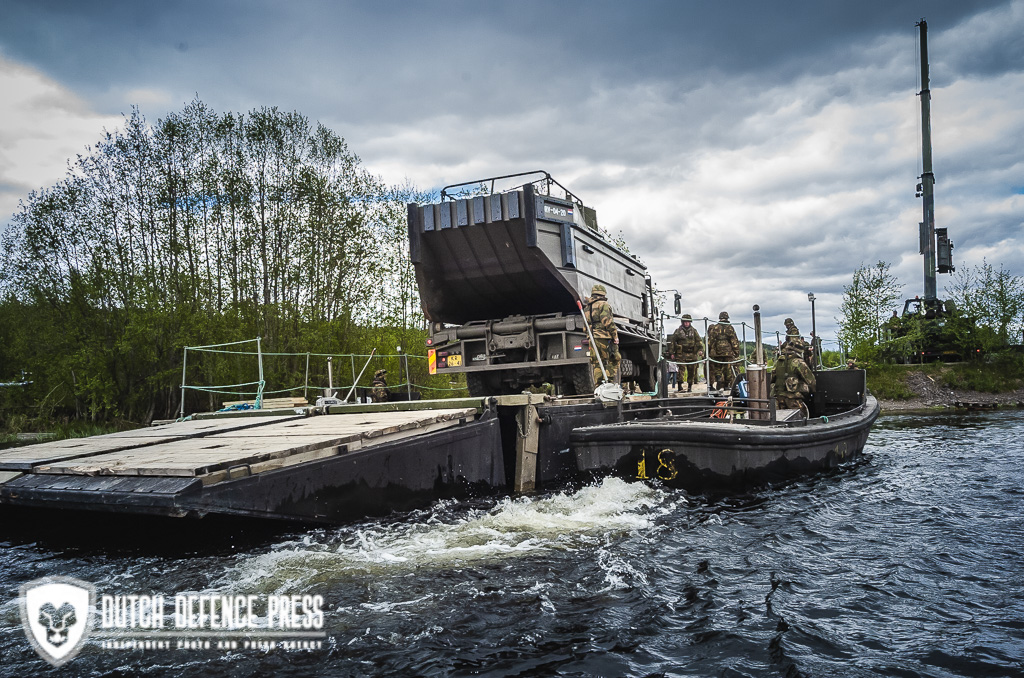
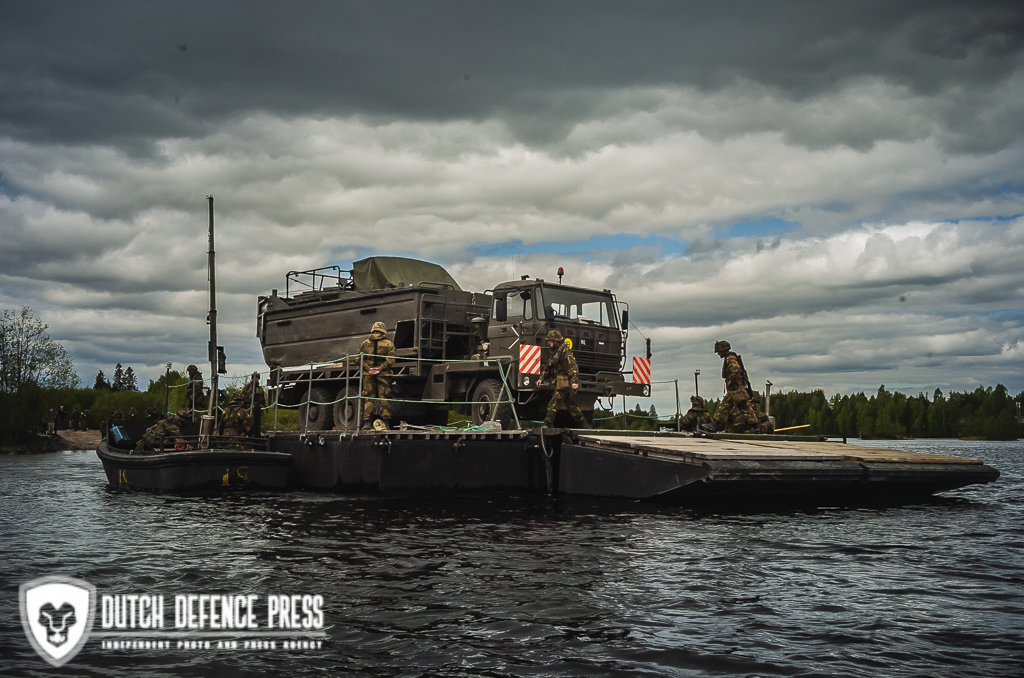
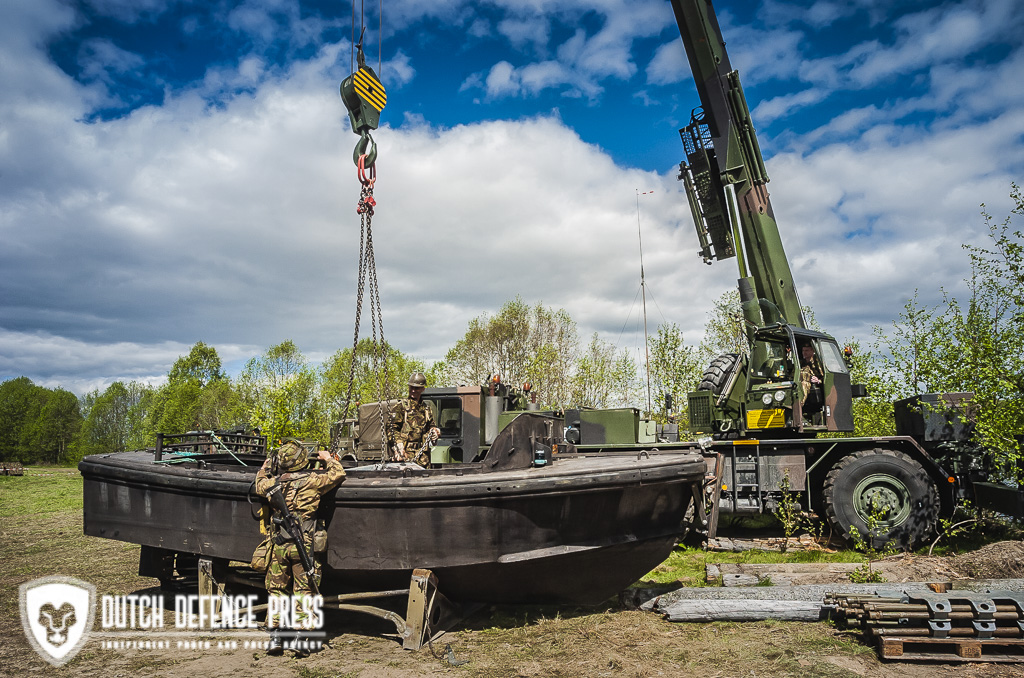
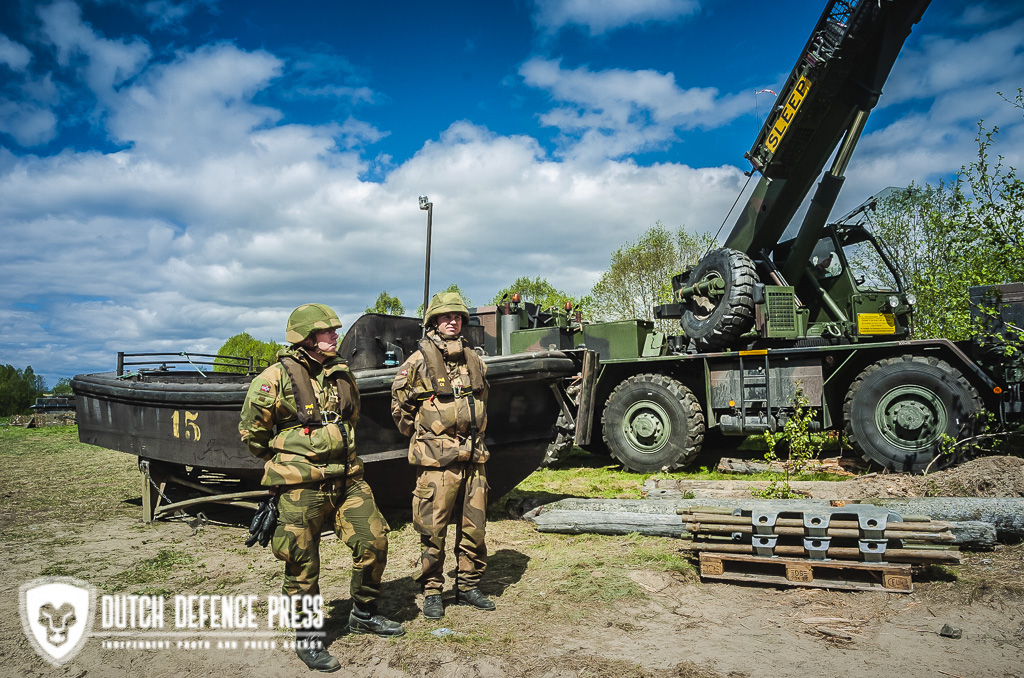
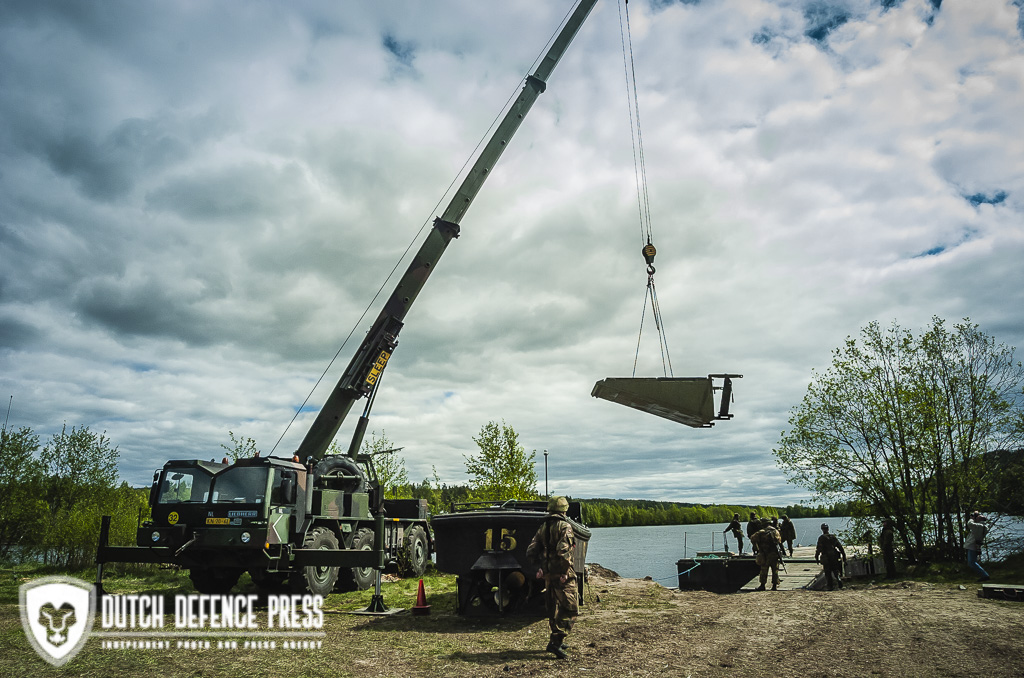
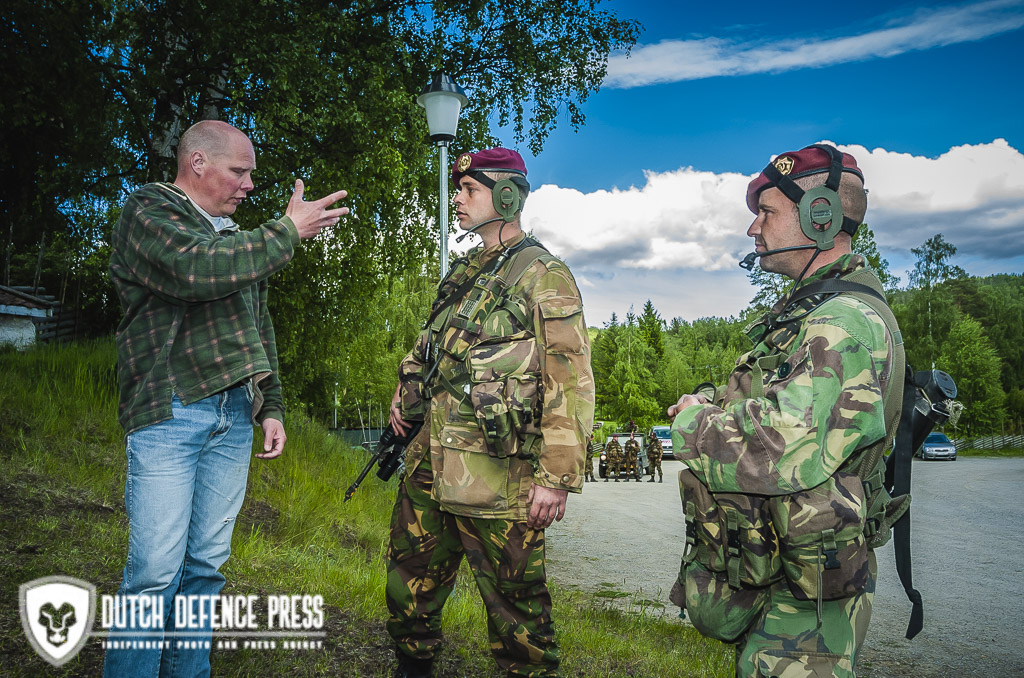
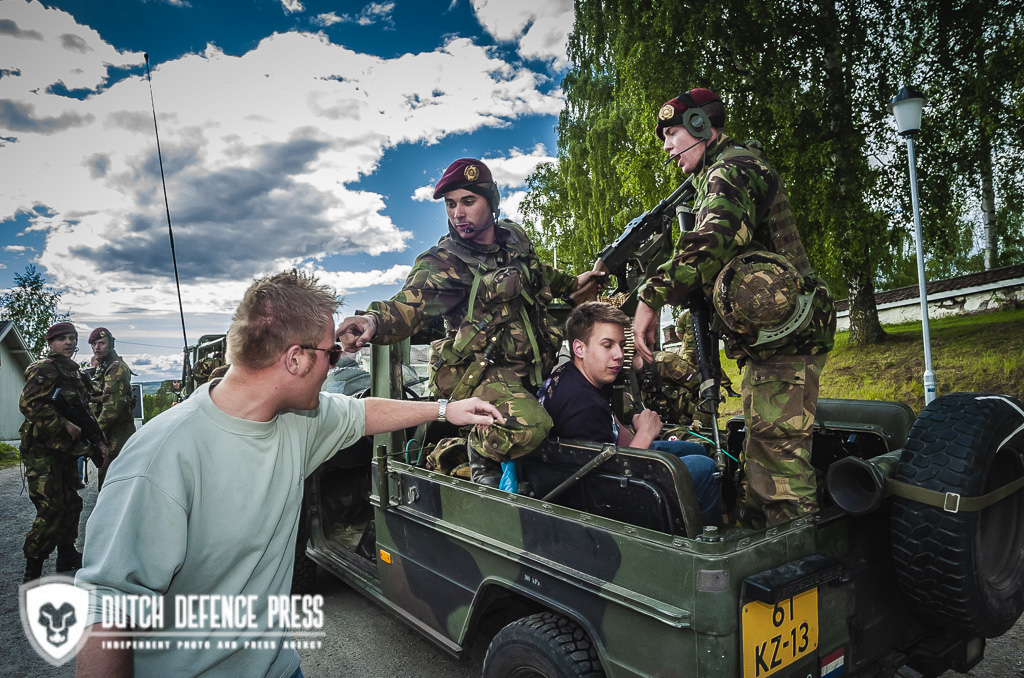
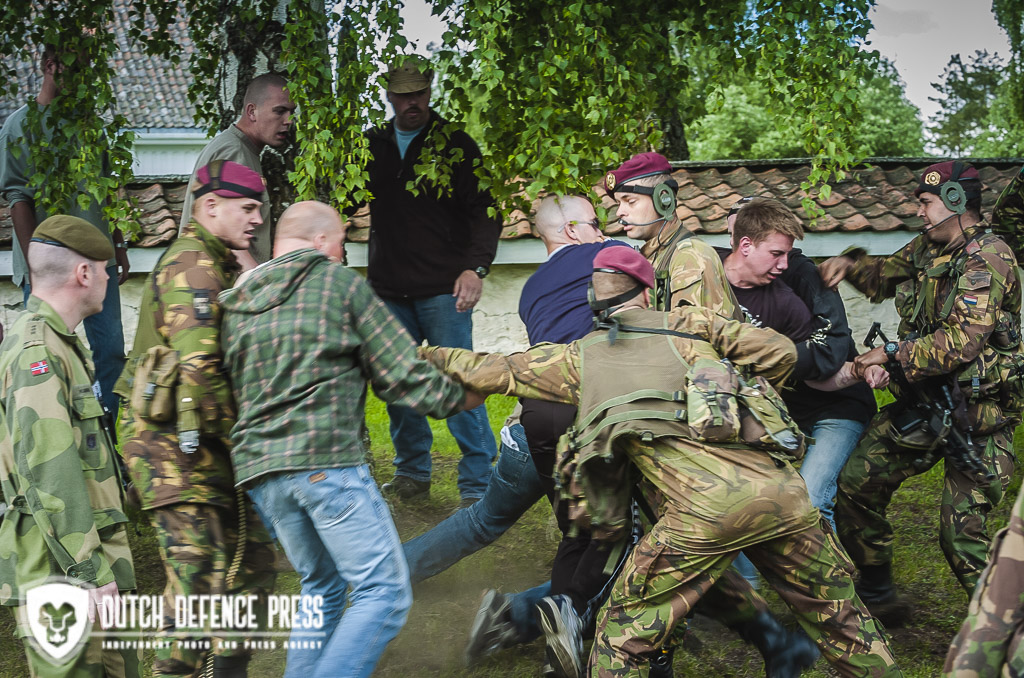
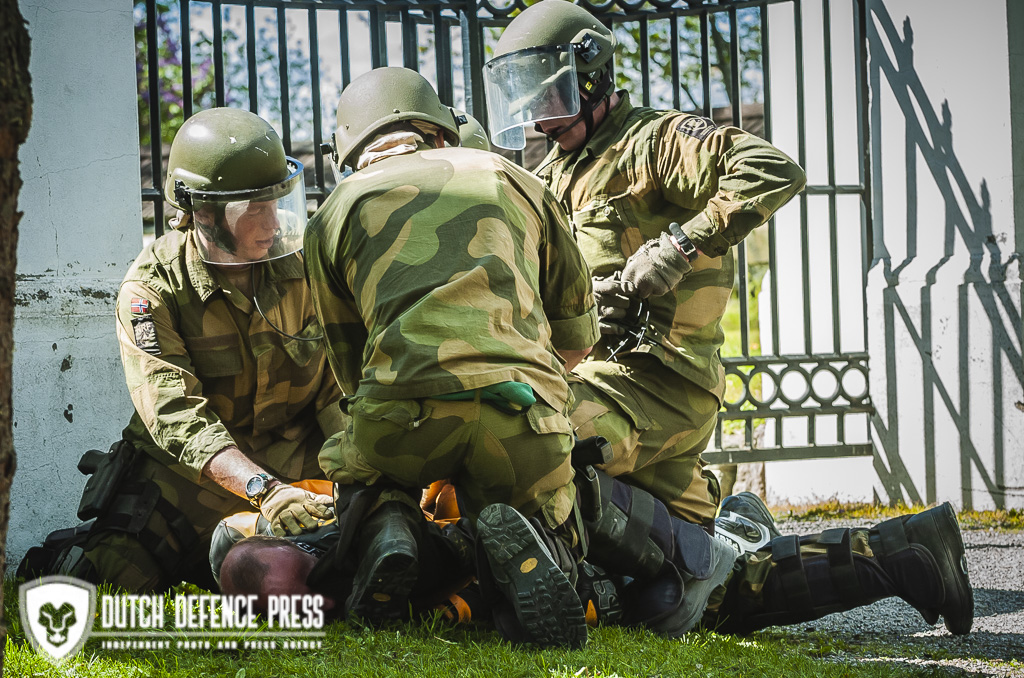
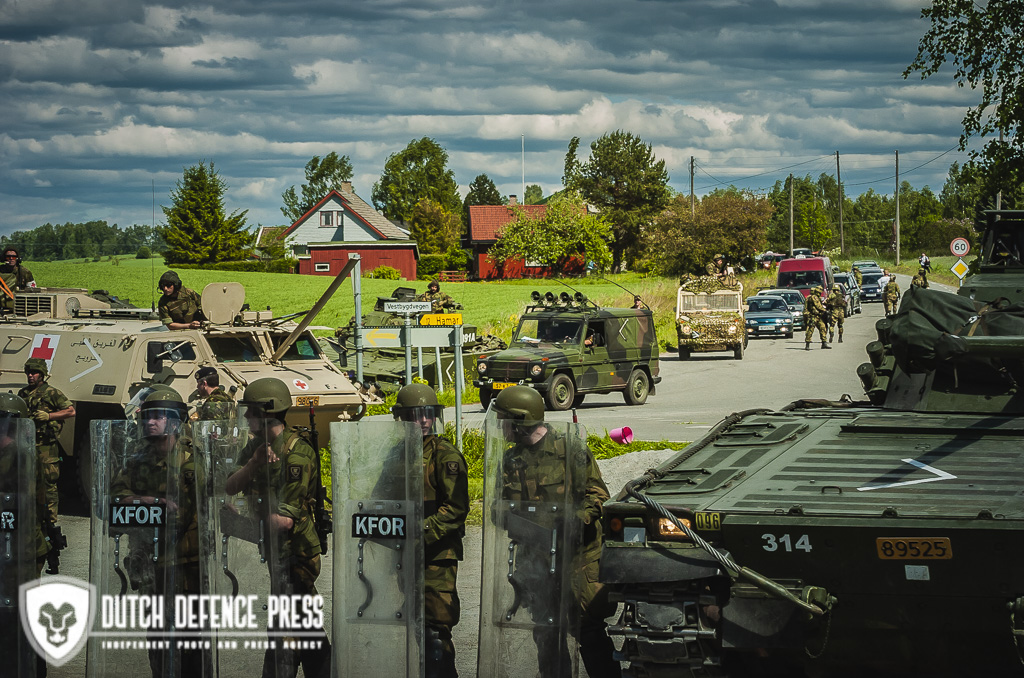
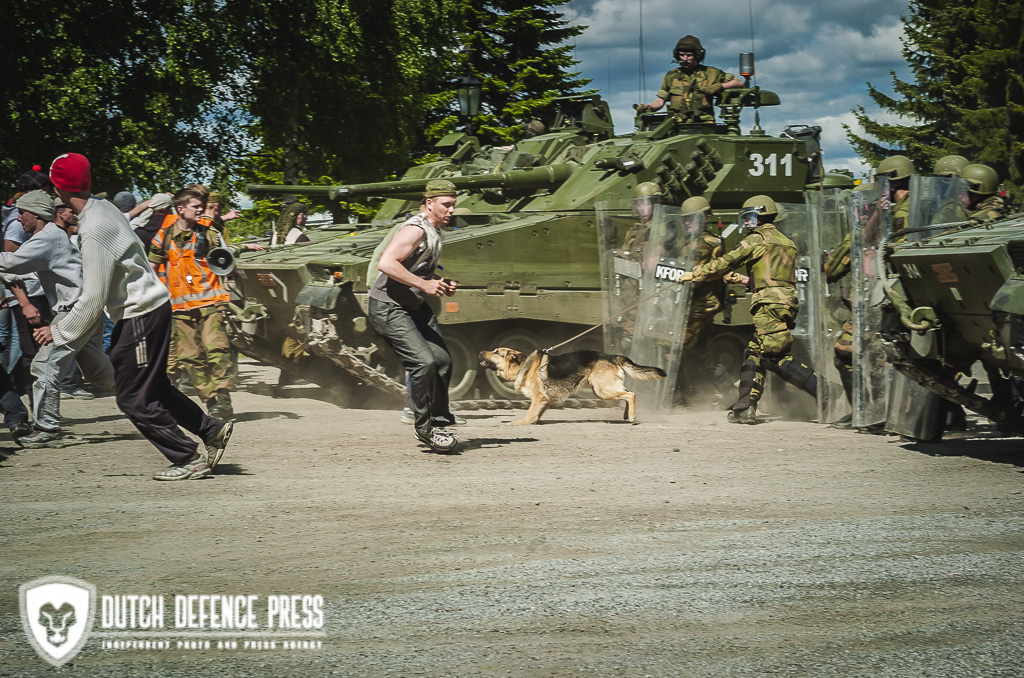
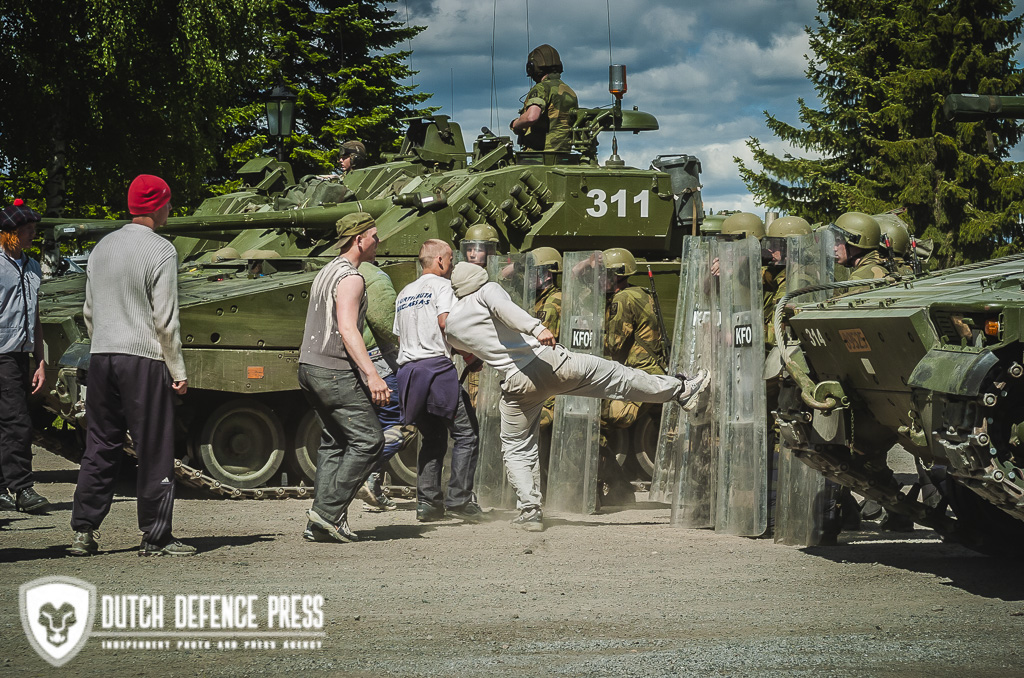
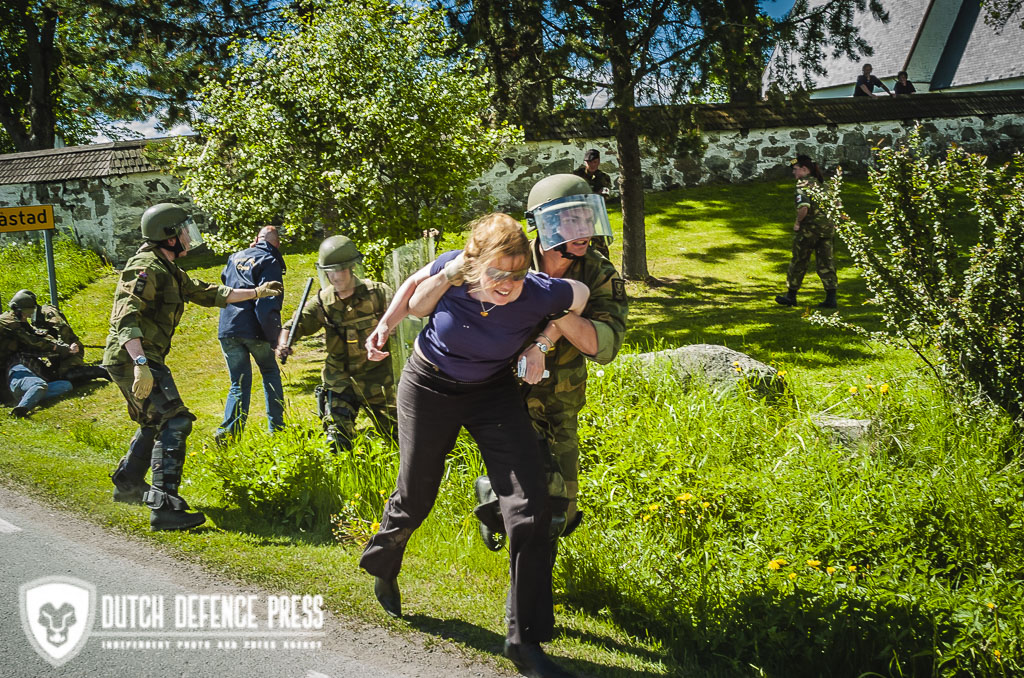
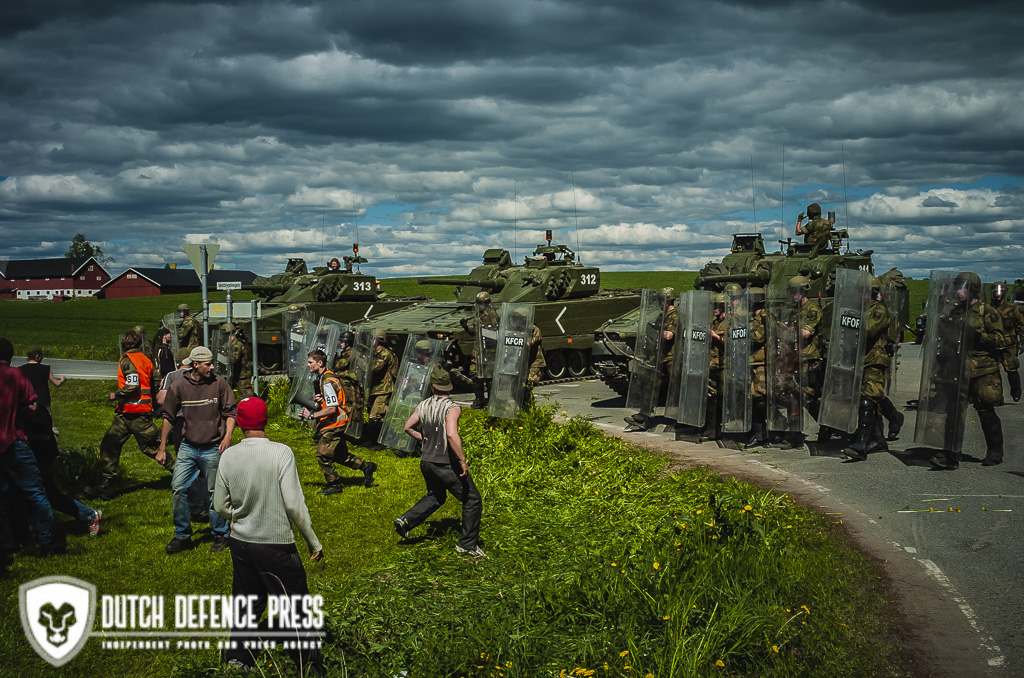
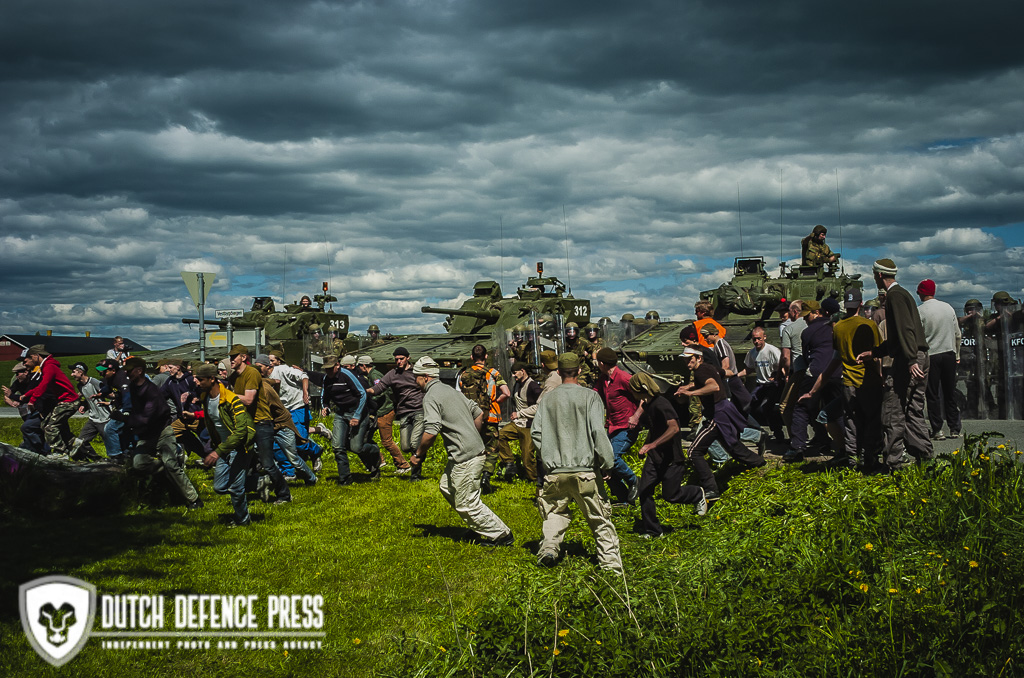
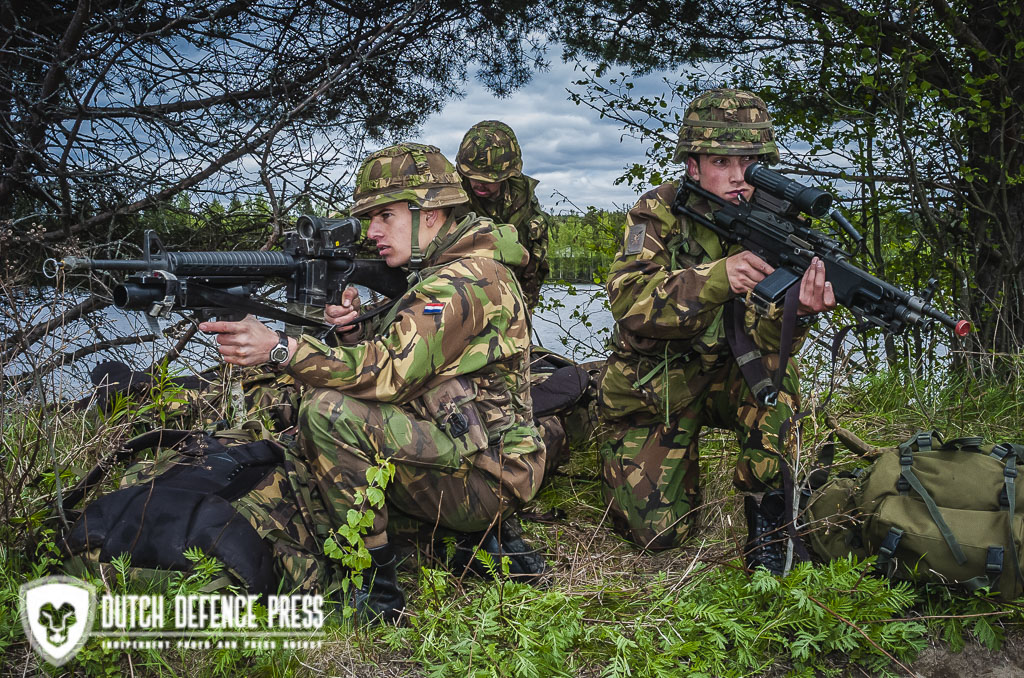
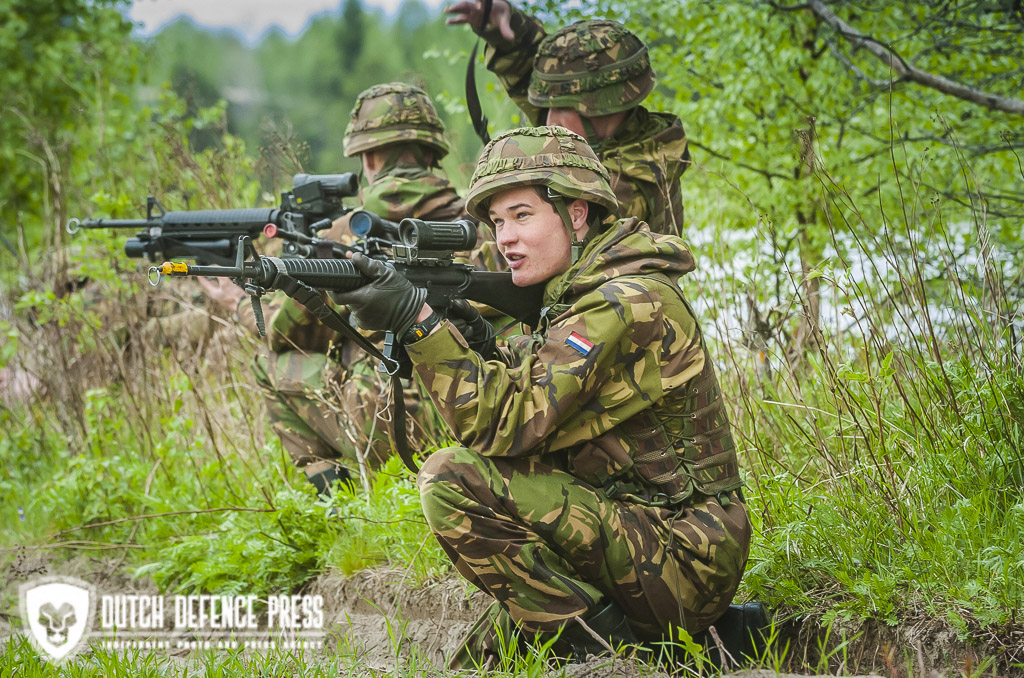
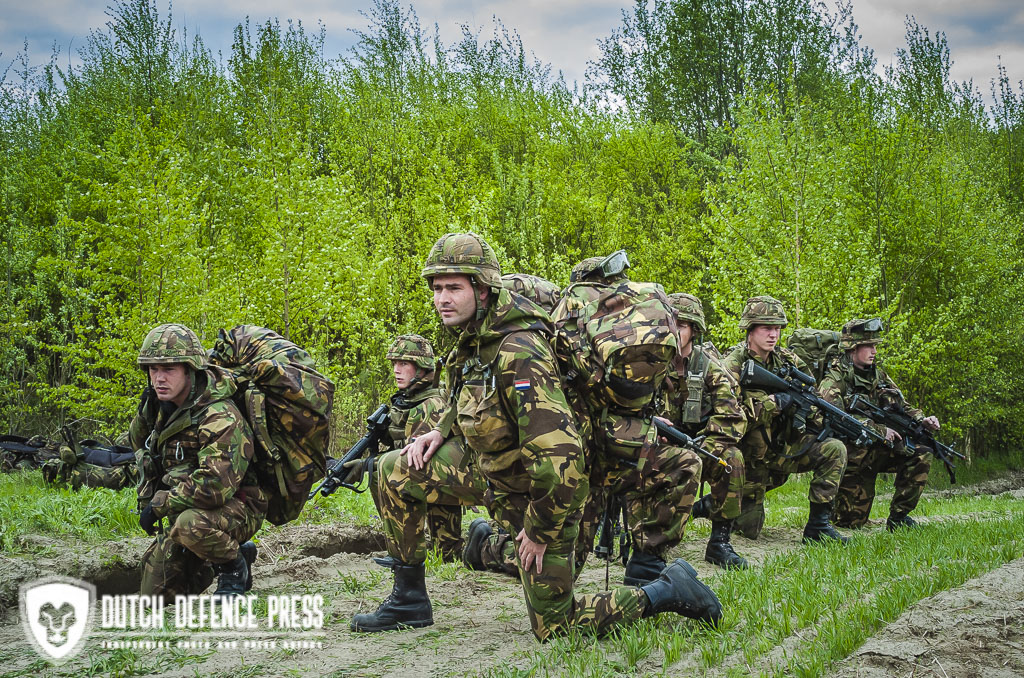
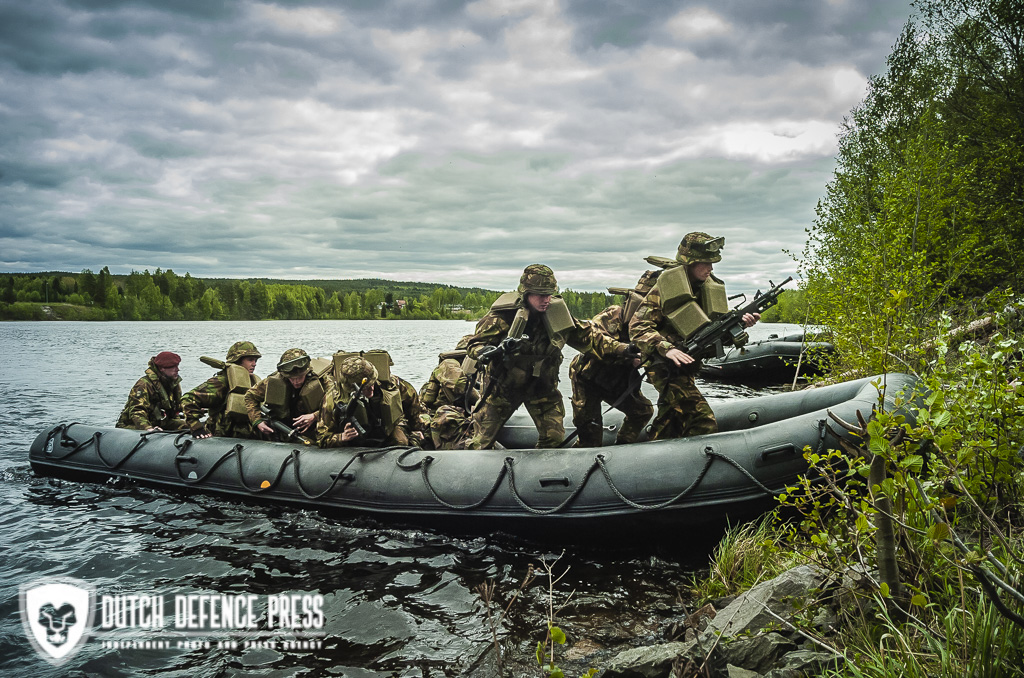
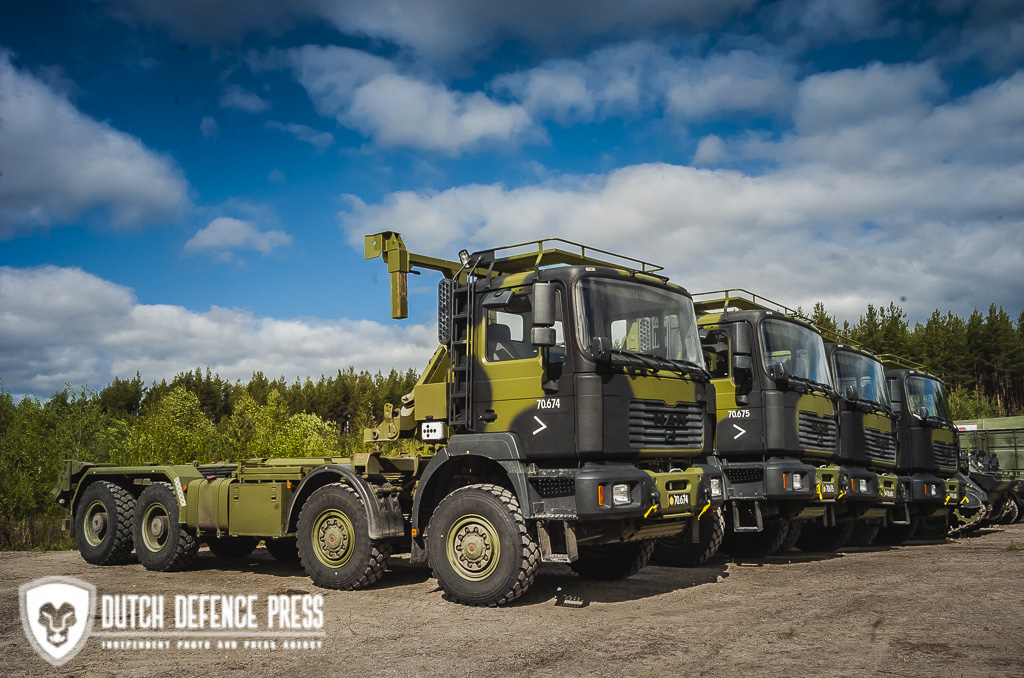
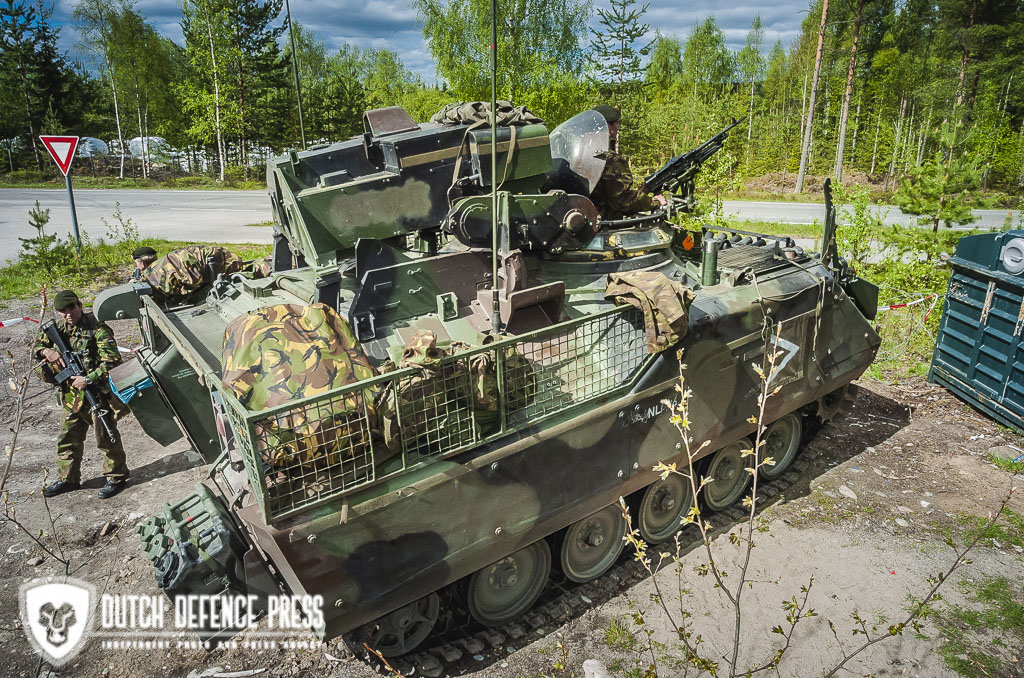
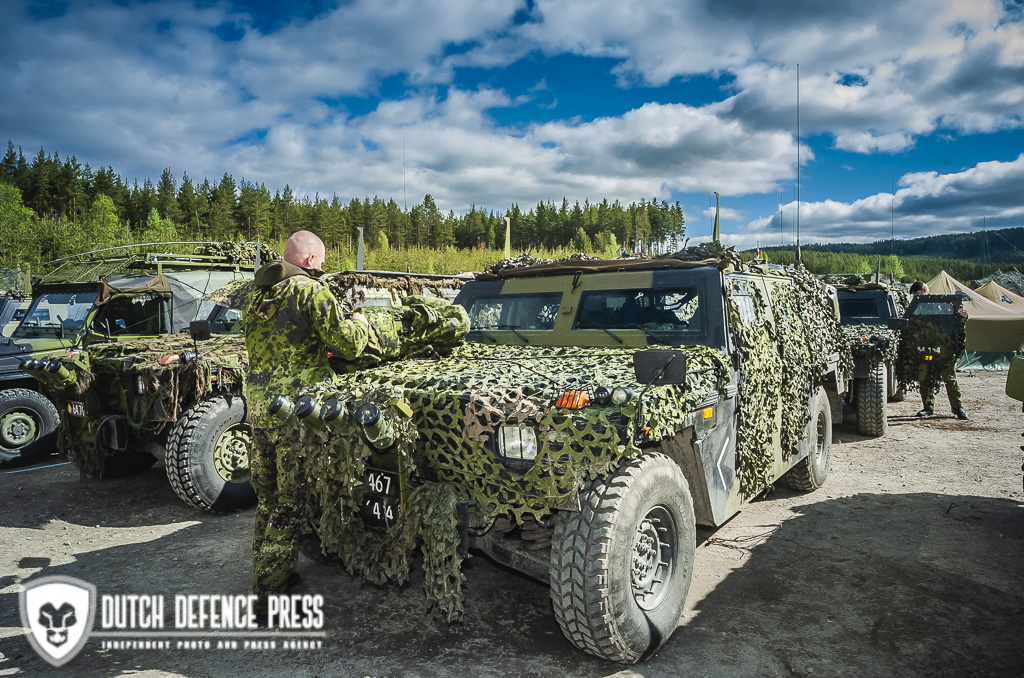
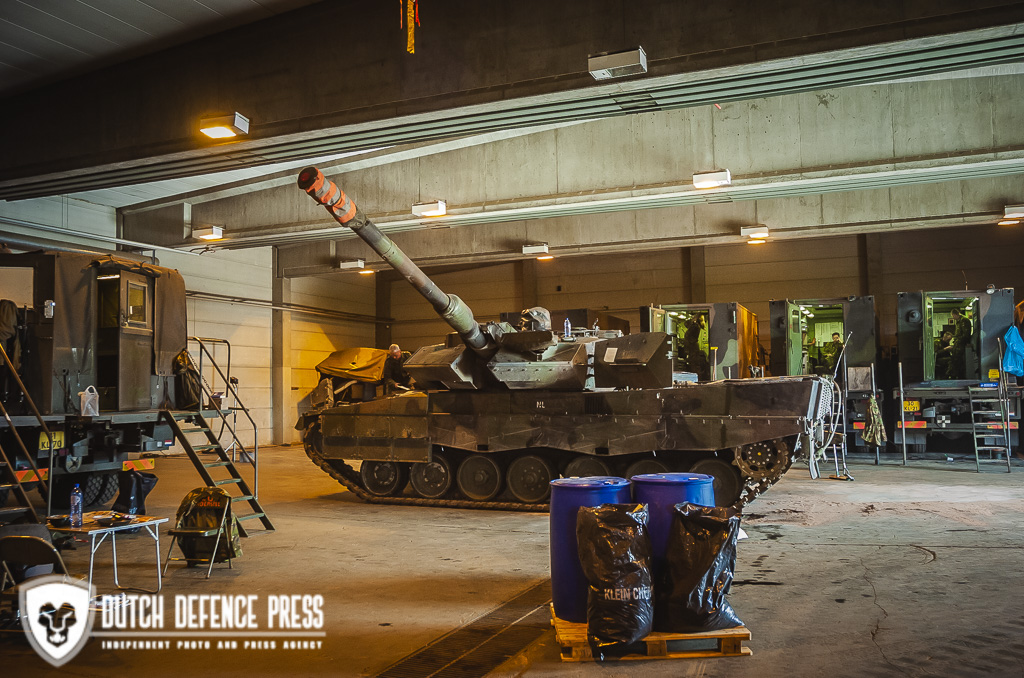
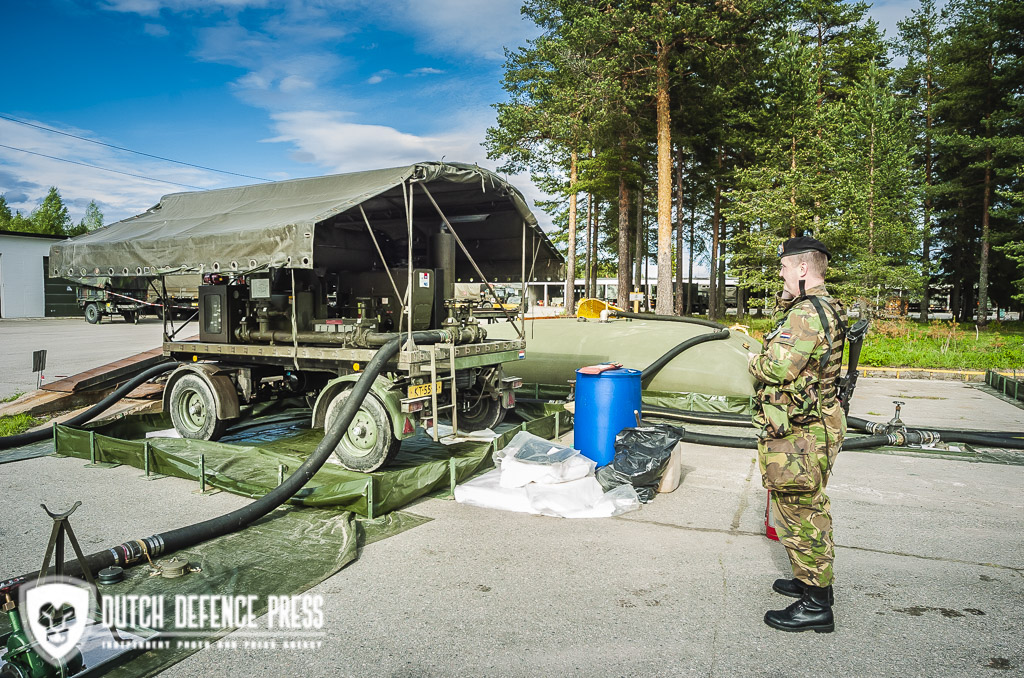
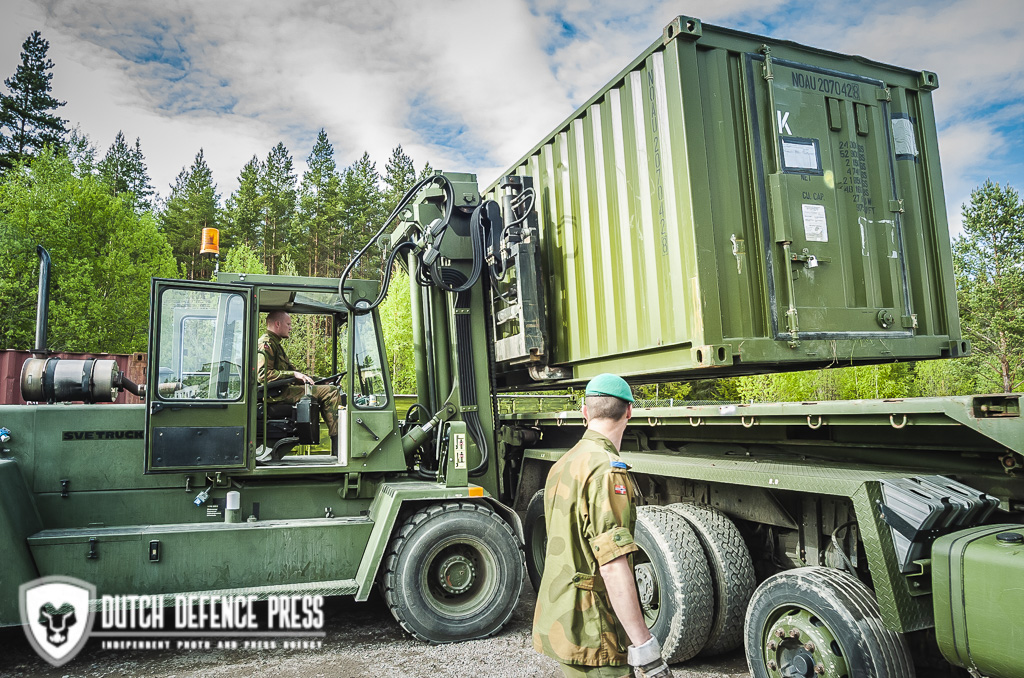
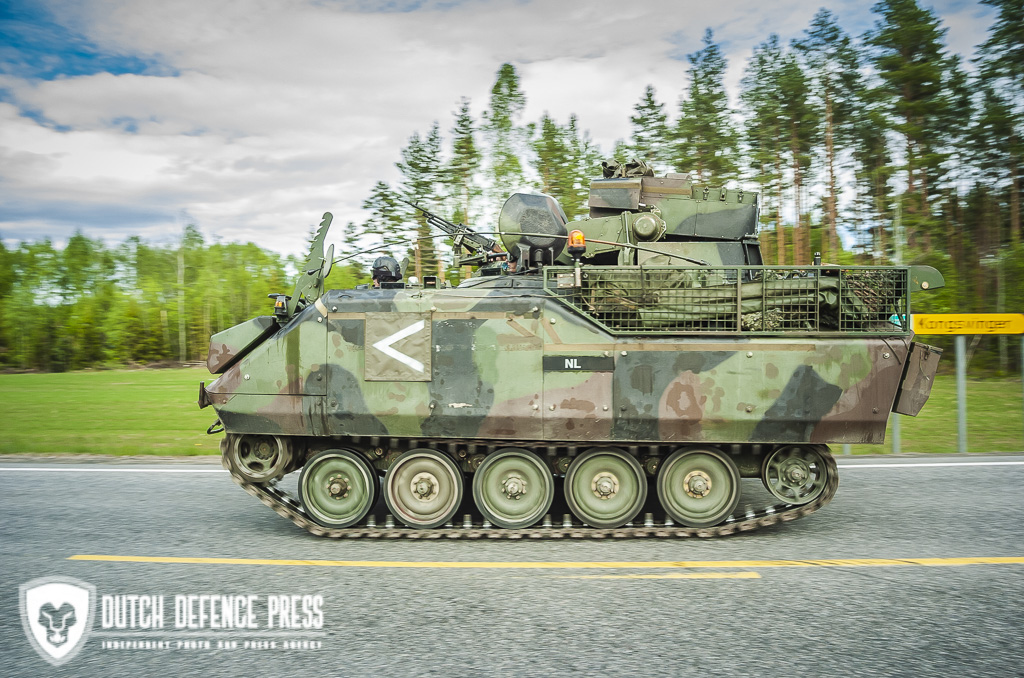
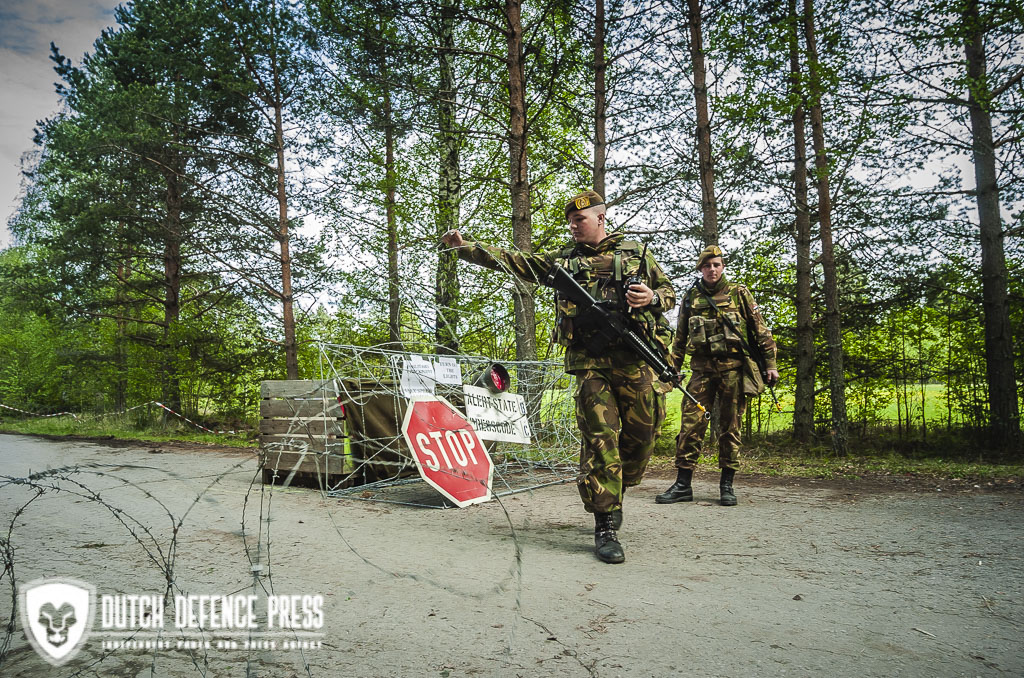
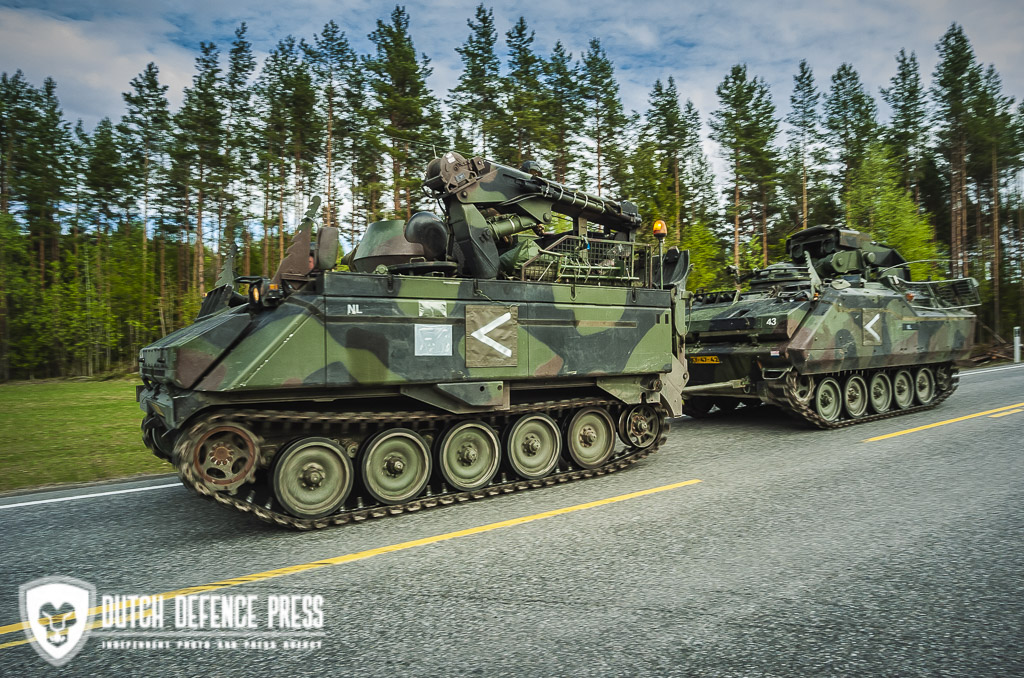
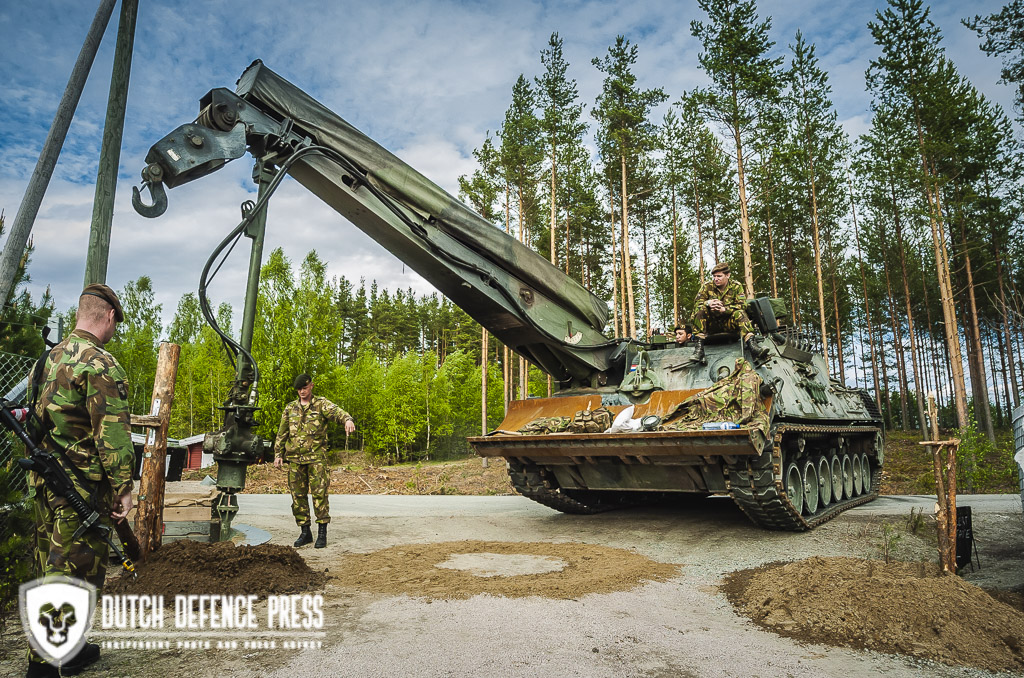
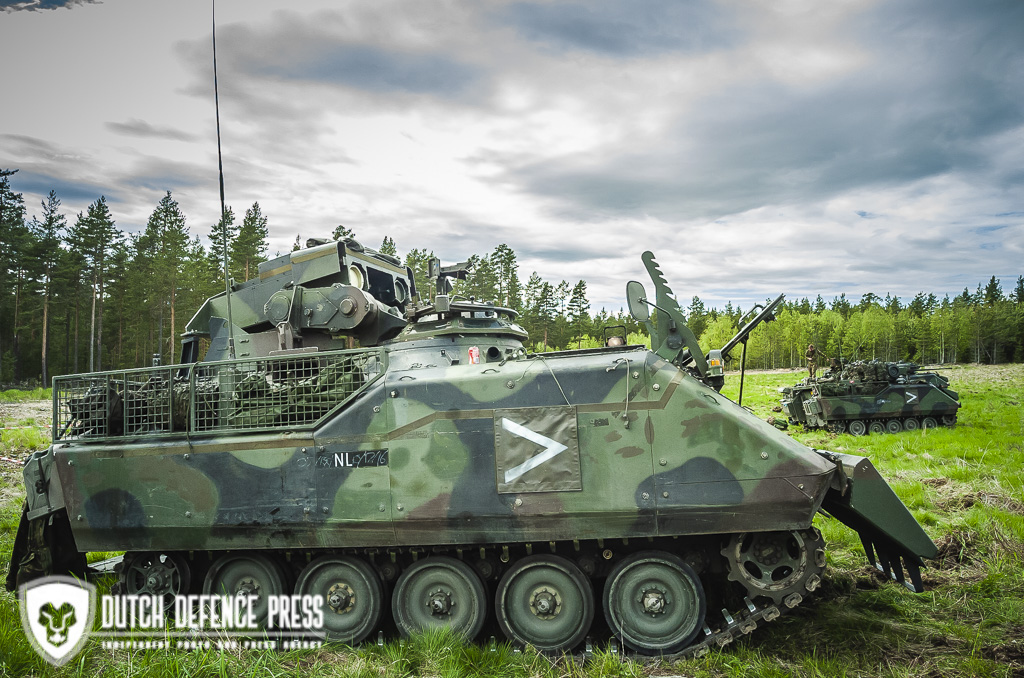
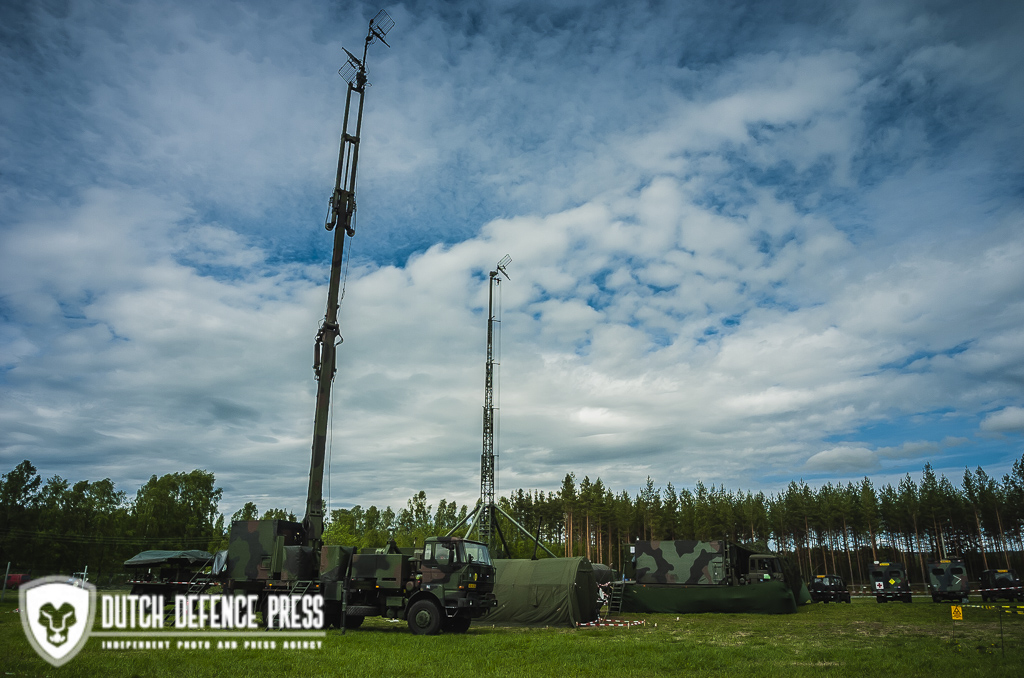
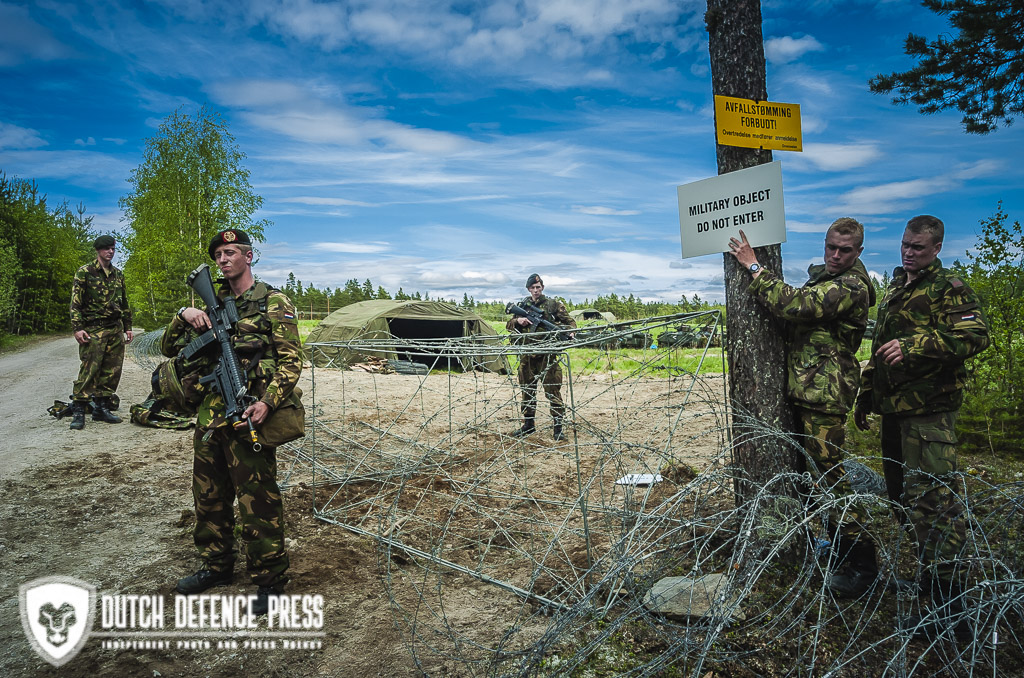
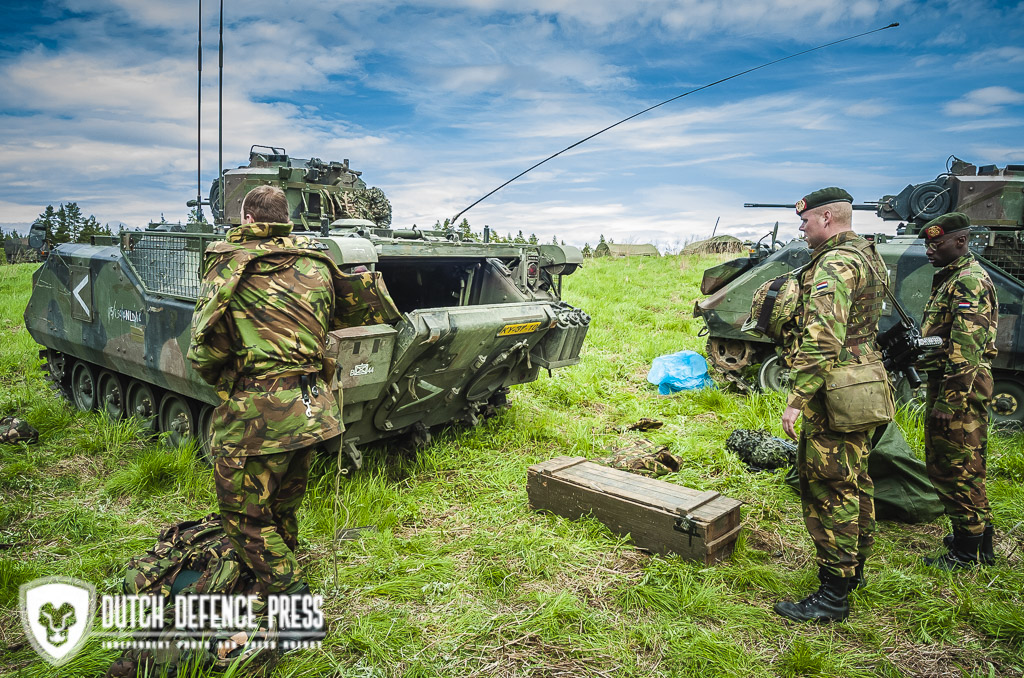
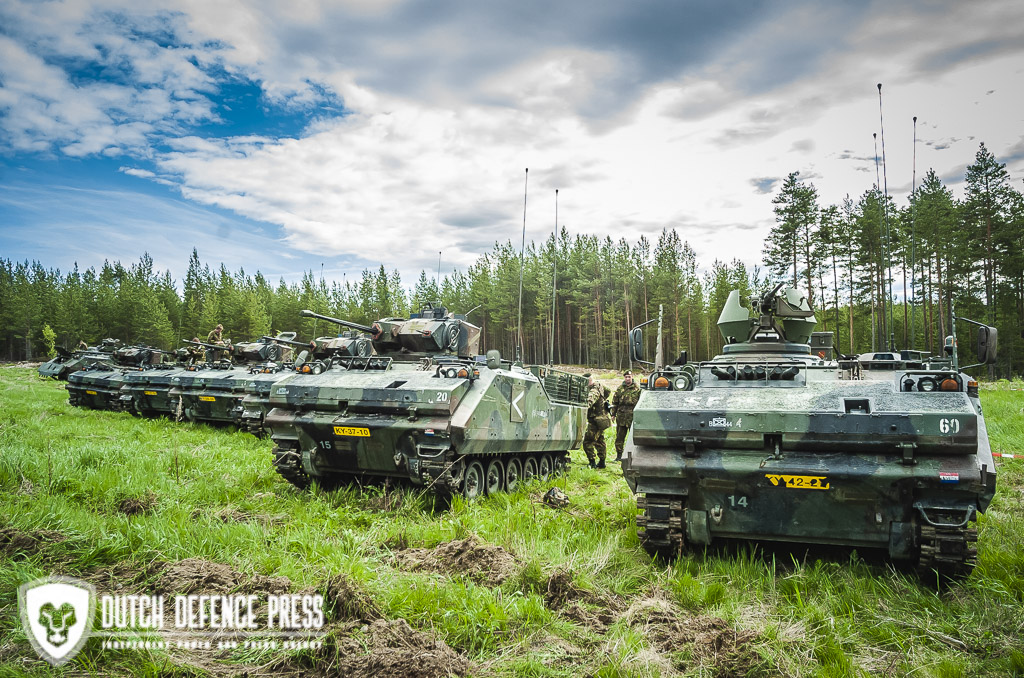
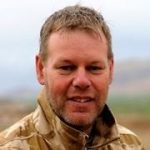
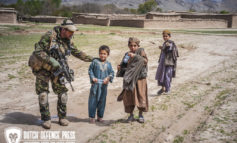
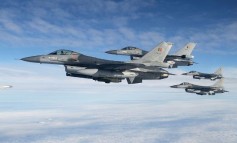
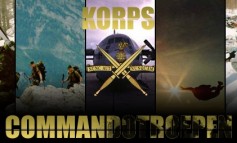
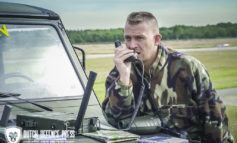
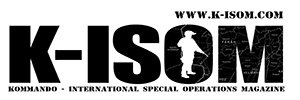
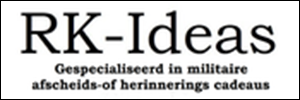
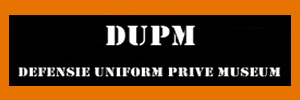
Leave a Reply